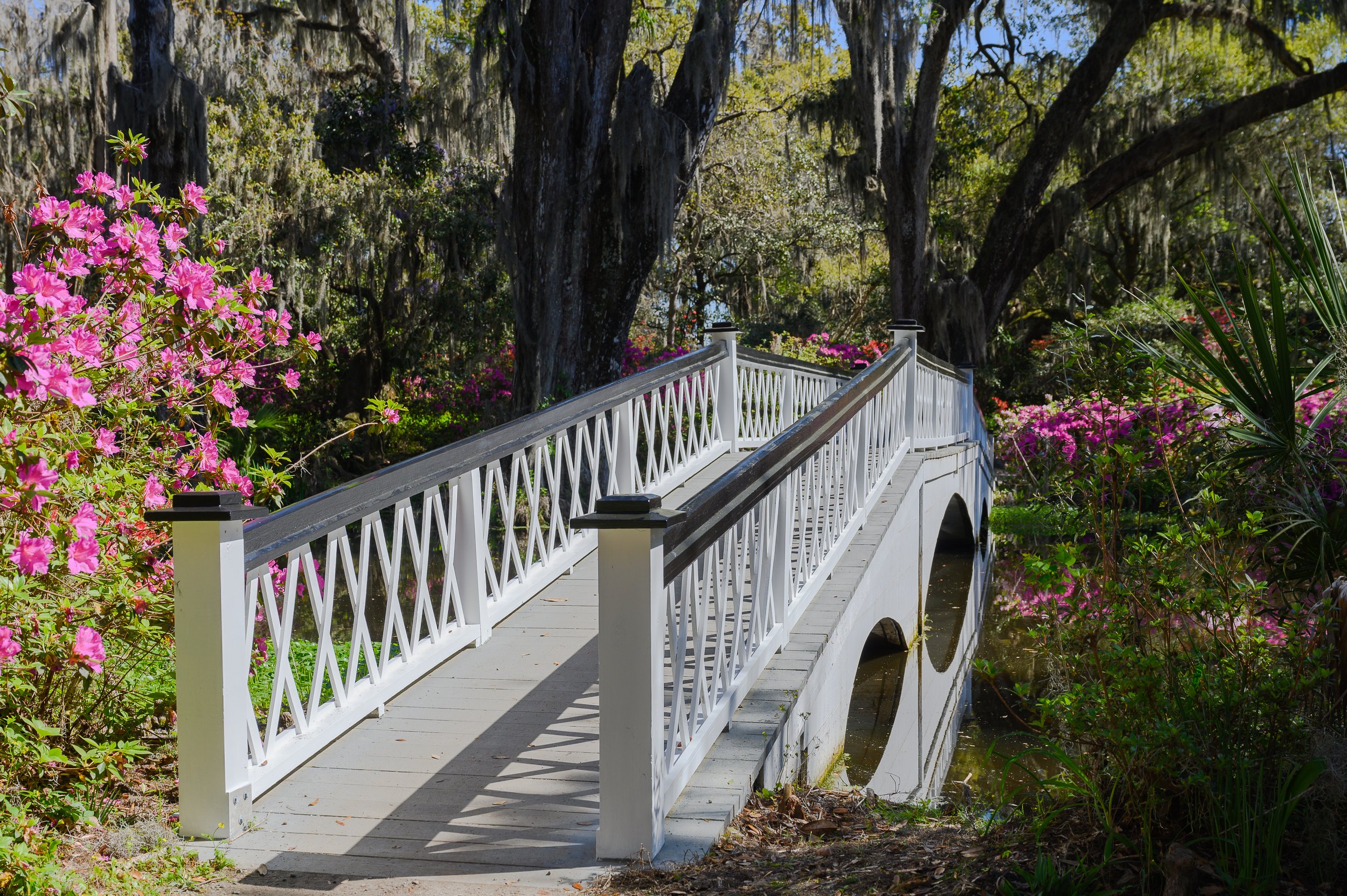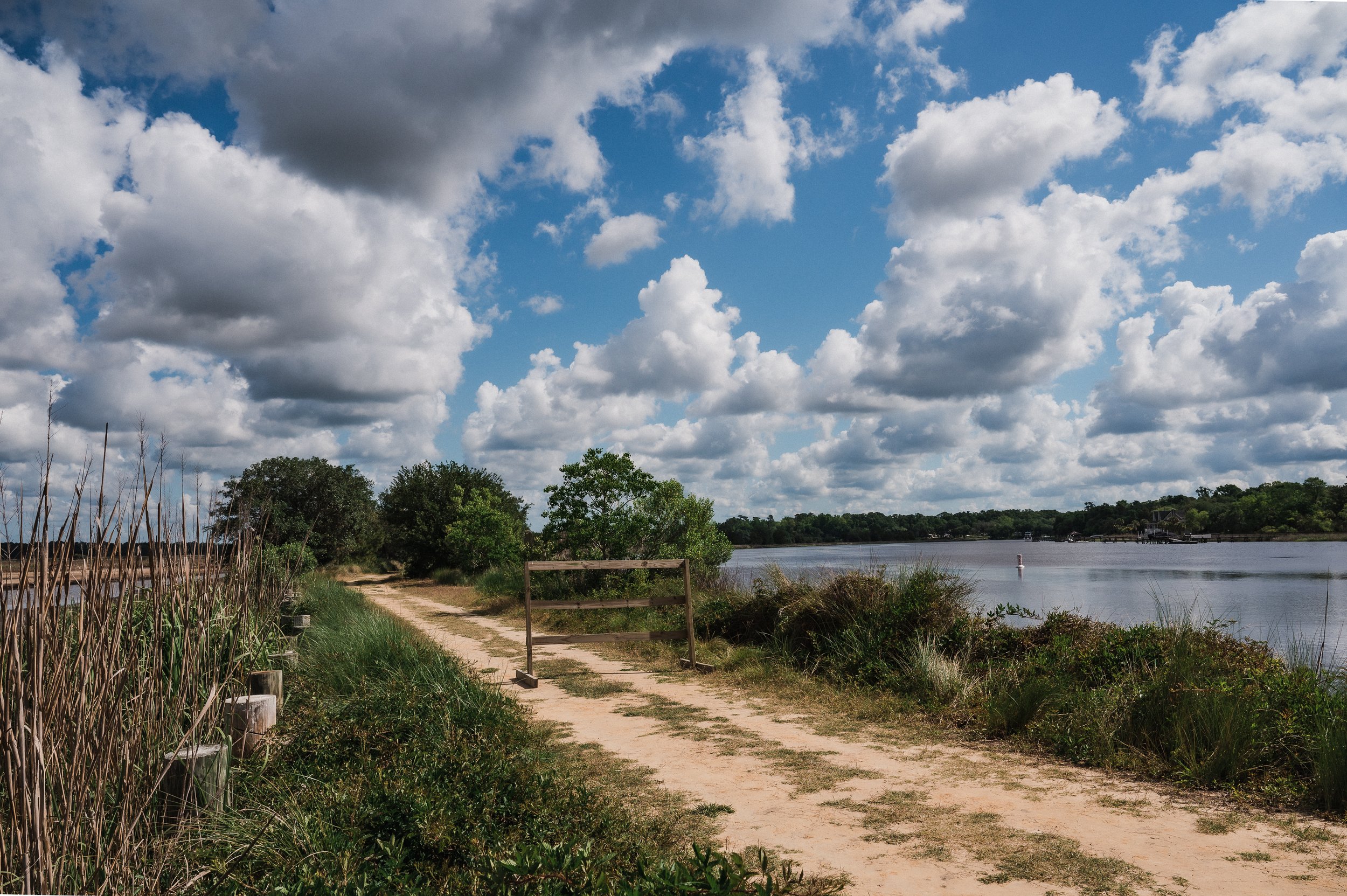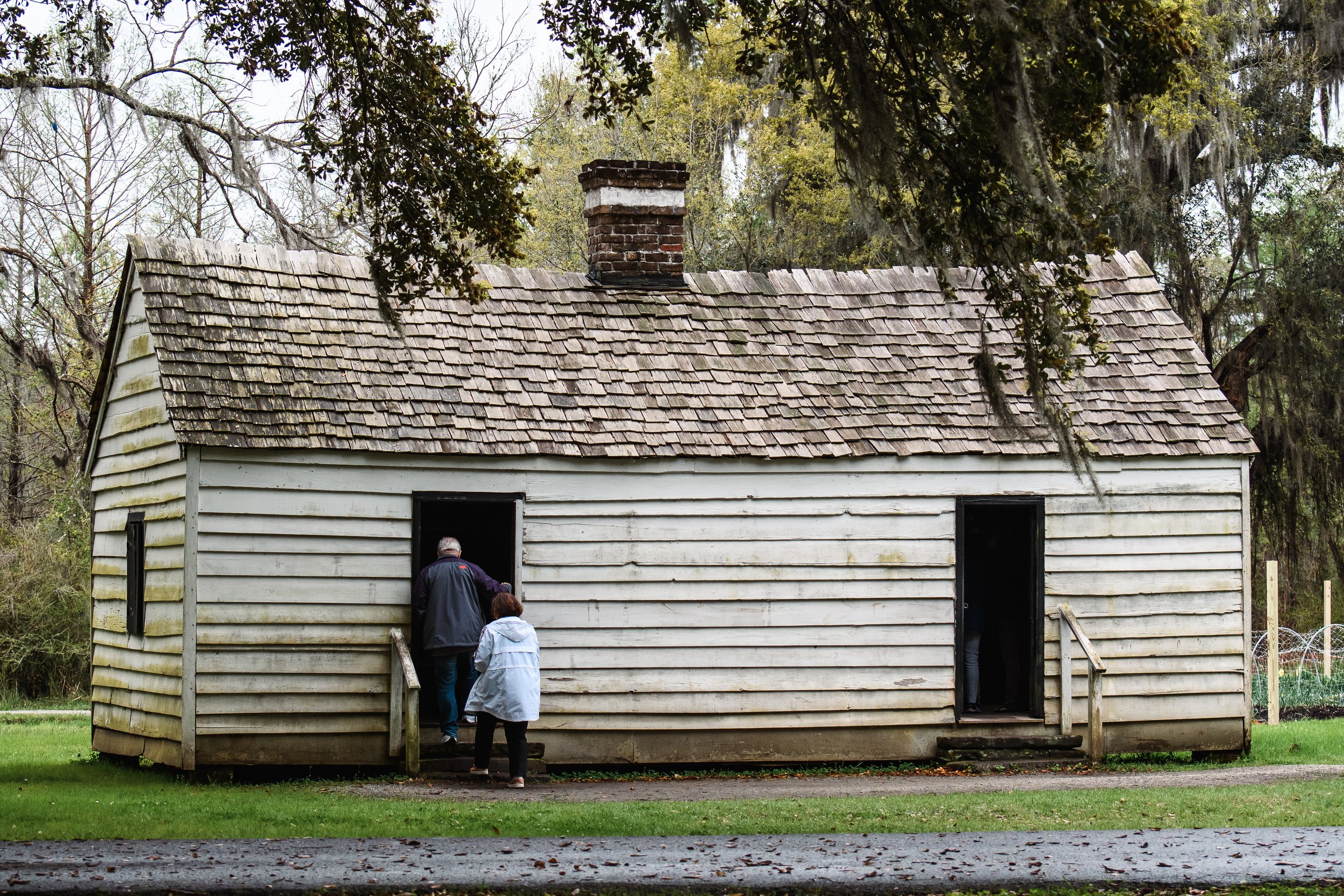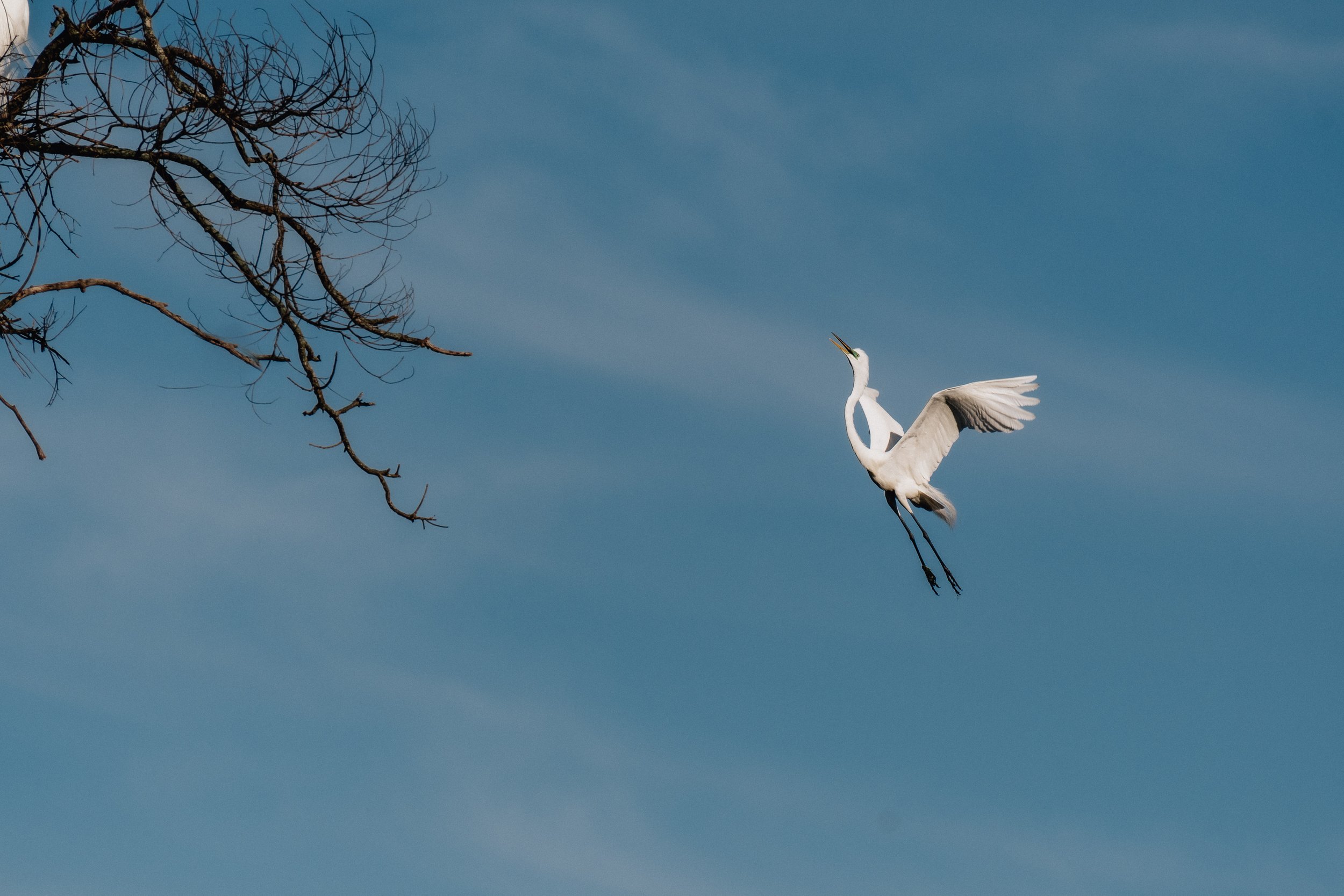Exploring the Beauty and History of Magnolia Plantation: A Must-Visit Destination in Charleston, South Carolina
One of the oldest plantations in the South dating back to the 17th century, Magnolia Plantation is just under 500 acres of gardens, woodlands, and wetlands and sits along the Ashley River. Owned by the Drayton family since 1676, Magnolia first opened to the public just after the Civil War. Beautifully preserved over the years, Magnolia has been drawing tourists and locals alike for decades. Whether you're drawn to history or captivated by nature, Magnolia is a destination that you simply can't miss.
The sprawling mix of formal gardens, romantic gardens, and nature gardens are undoubtedly the main attraction. With a delightful blend of southern charm and natural beauty you’ll want to allow plenty of time for your visit. The live oaks draped in Spanish moss provide a stunning backdrop for the wide array of colorful flora from delicate flowers to towering trees. As you wander through the gardens and shrub mazes, be sure to take your time and fully immerse yourself in your surroundings. The ever-changing blooms make this destination worth revisiting seasonally. You're in for a treat beyond the stunning landscapes though. Keep your eyes peeled for the incredible wildlife that call this place home - from alligators and sunbathing turtles to Great Blue Herons and Wood Storks in search of a meal. And if you're lucky, you might just catch a glimpse of a bald eagle perched in a tree or soaring overhead.
One of the most iconic and photographed landmarks at Magnolia is the Long White Bridge, which was originally constructed in the 1840s, most likely by enslaved workers. Recently, the bridge was rebuilt with old growth cypress after being severely damaged by a fallen maple tree in 2020. The water below offers a breathtaking reflection and the surrounding gardens make it easy to snap a frame-worthy photo, even for the amateur photographer. Visitors can enjoy the beauty of this historic landmark as well as six other charming bridges located throughout the Magnolia gardens.
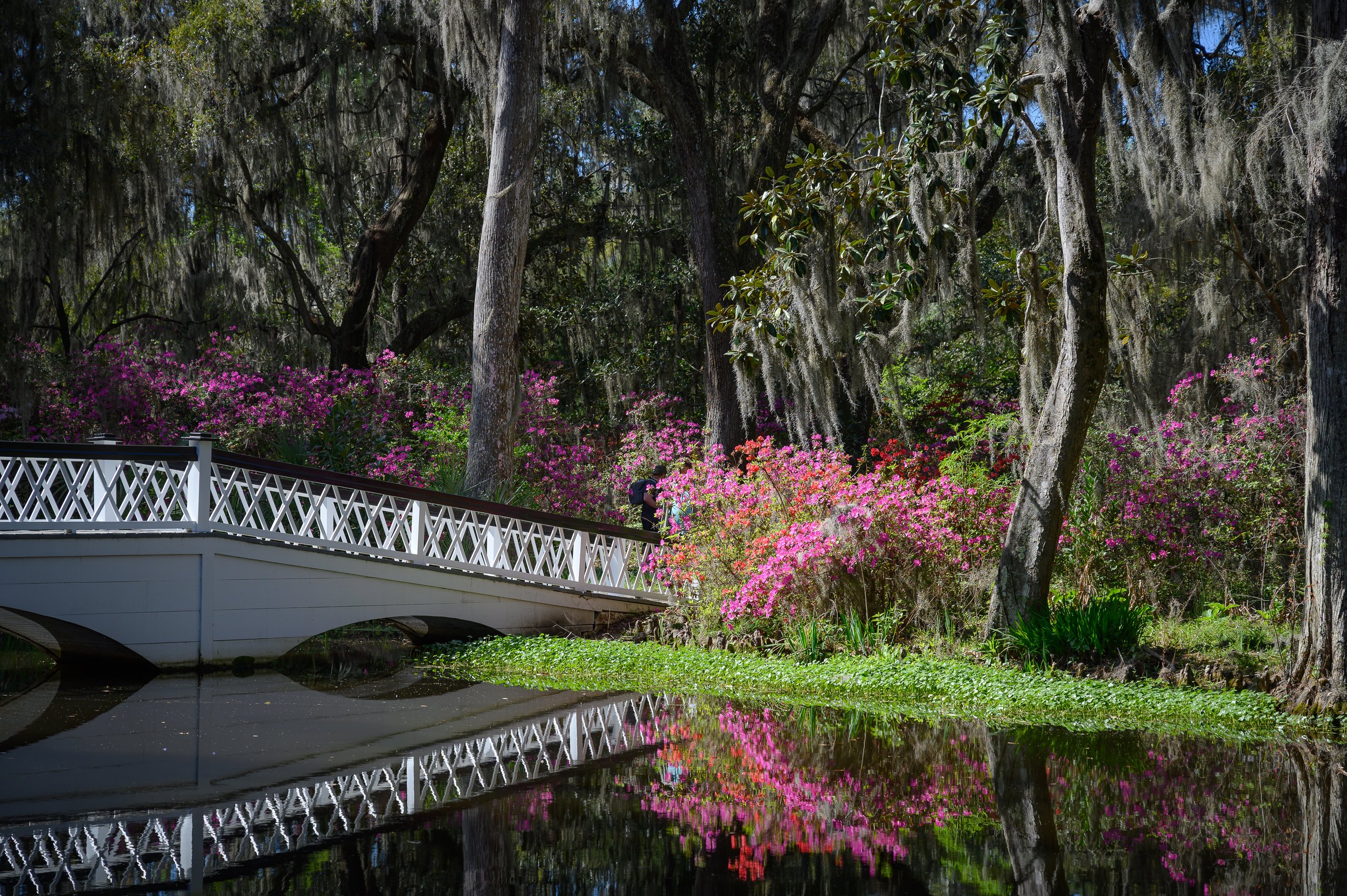

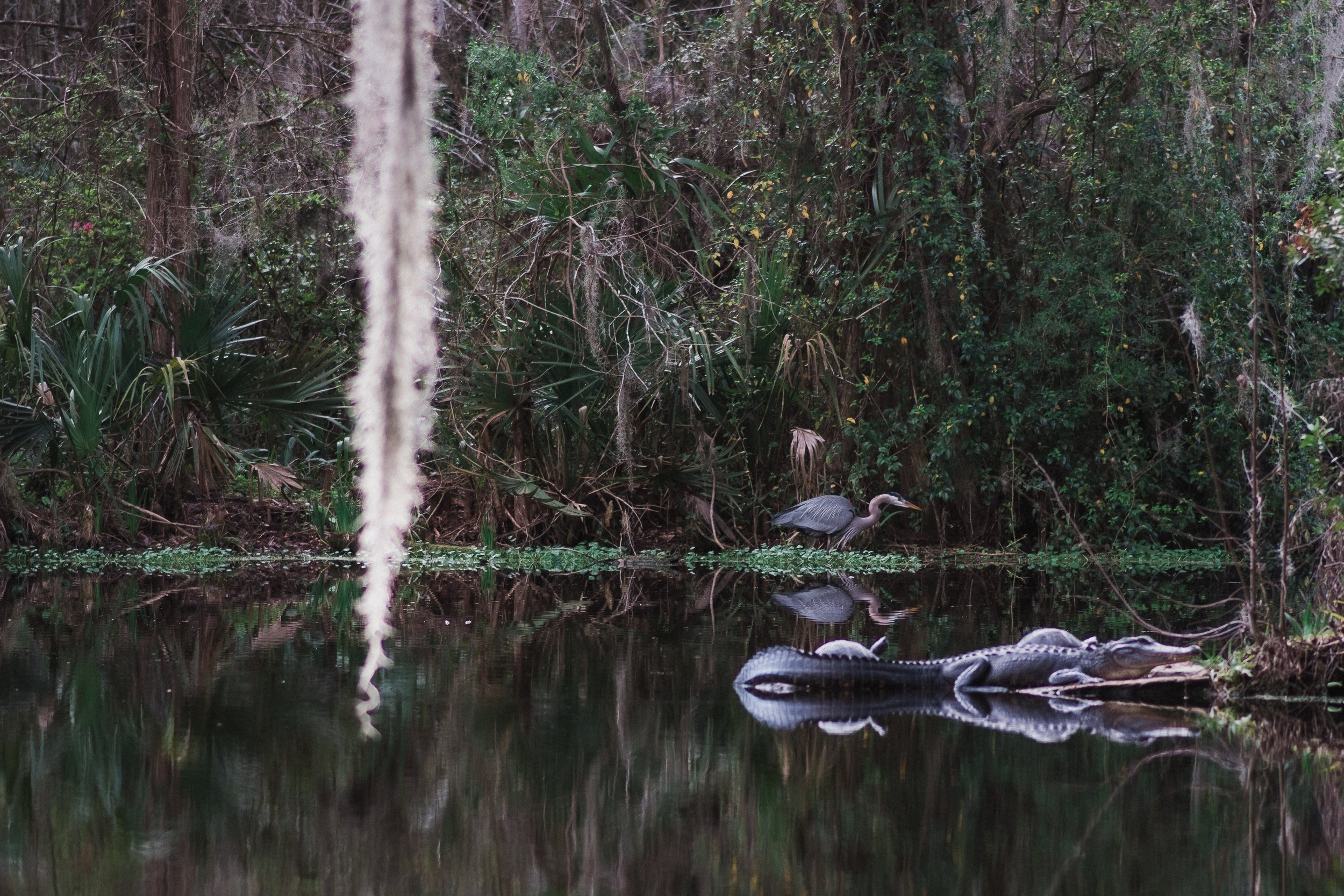
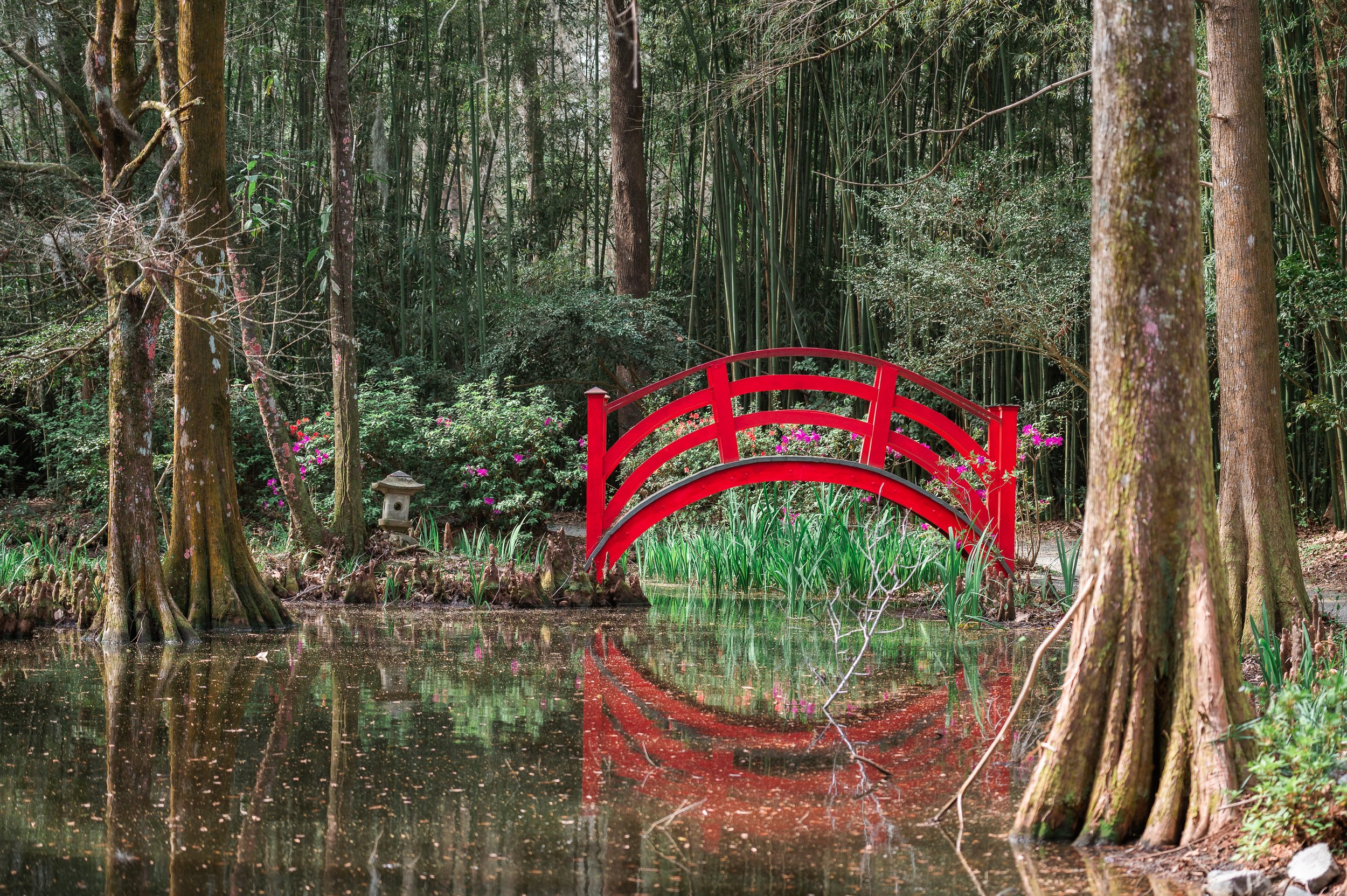
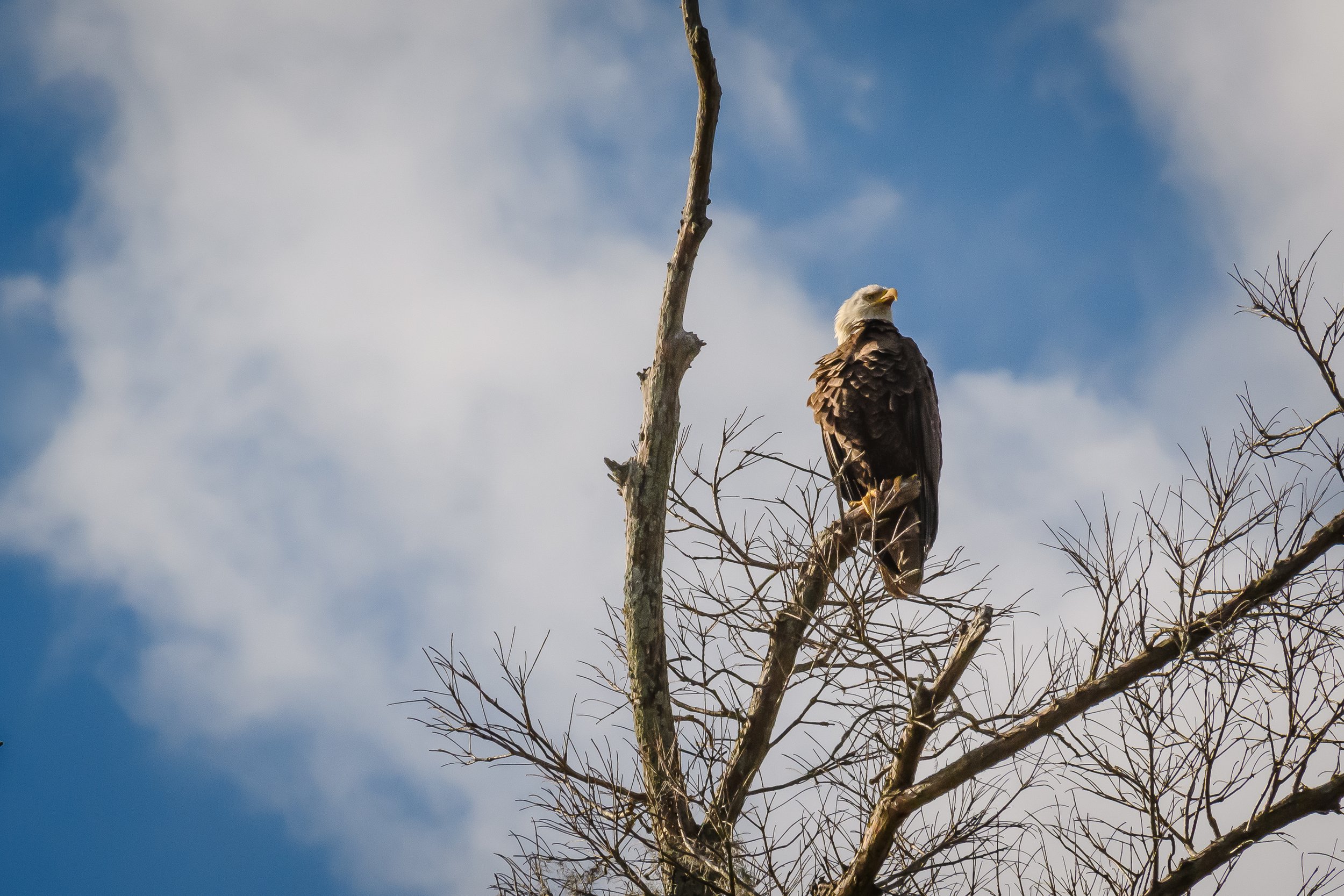
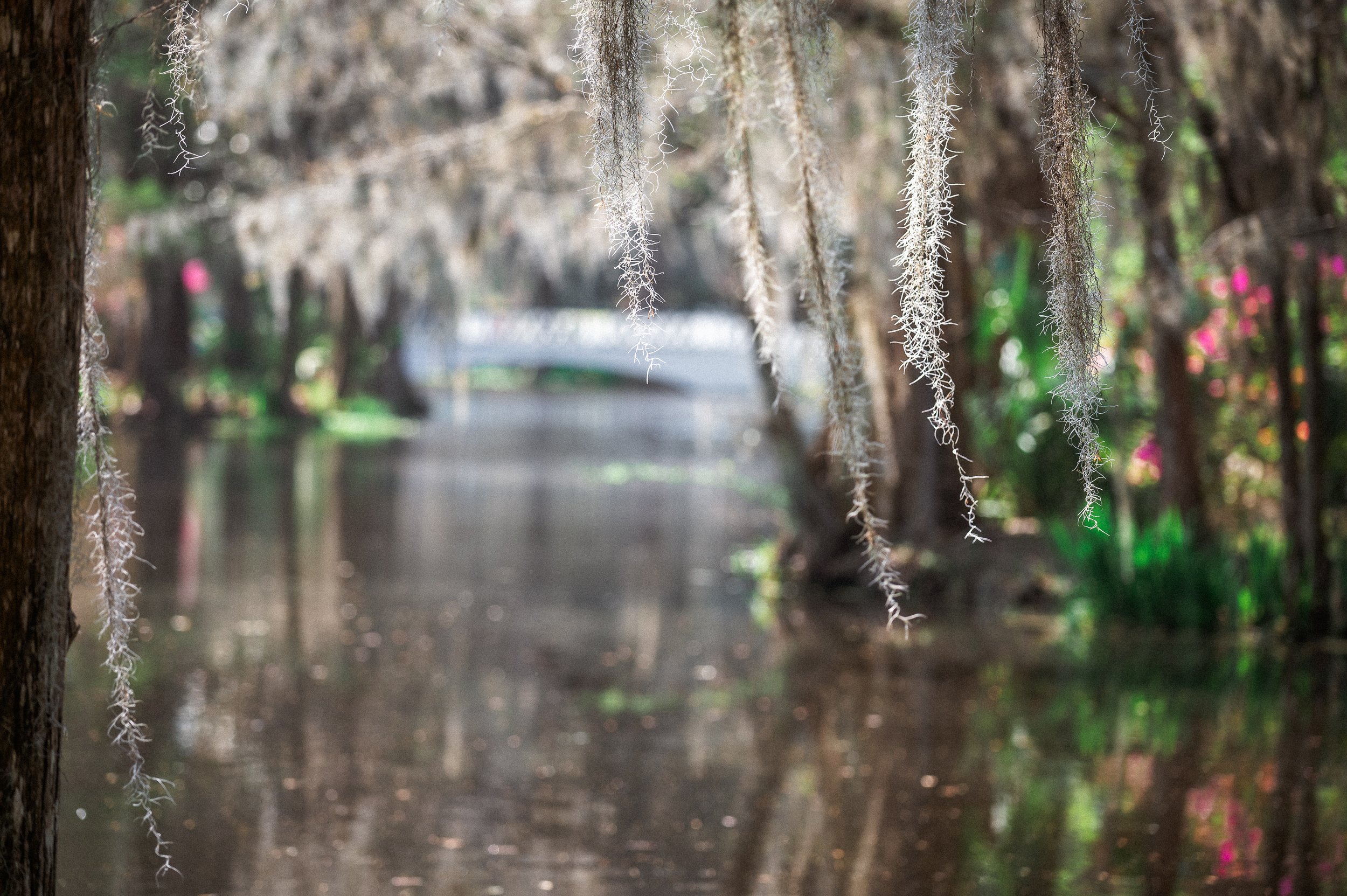
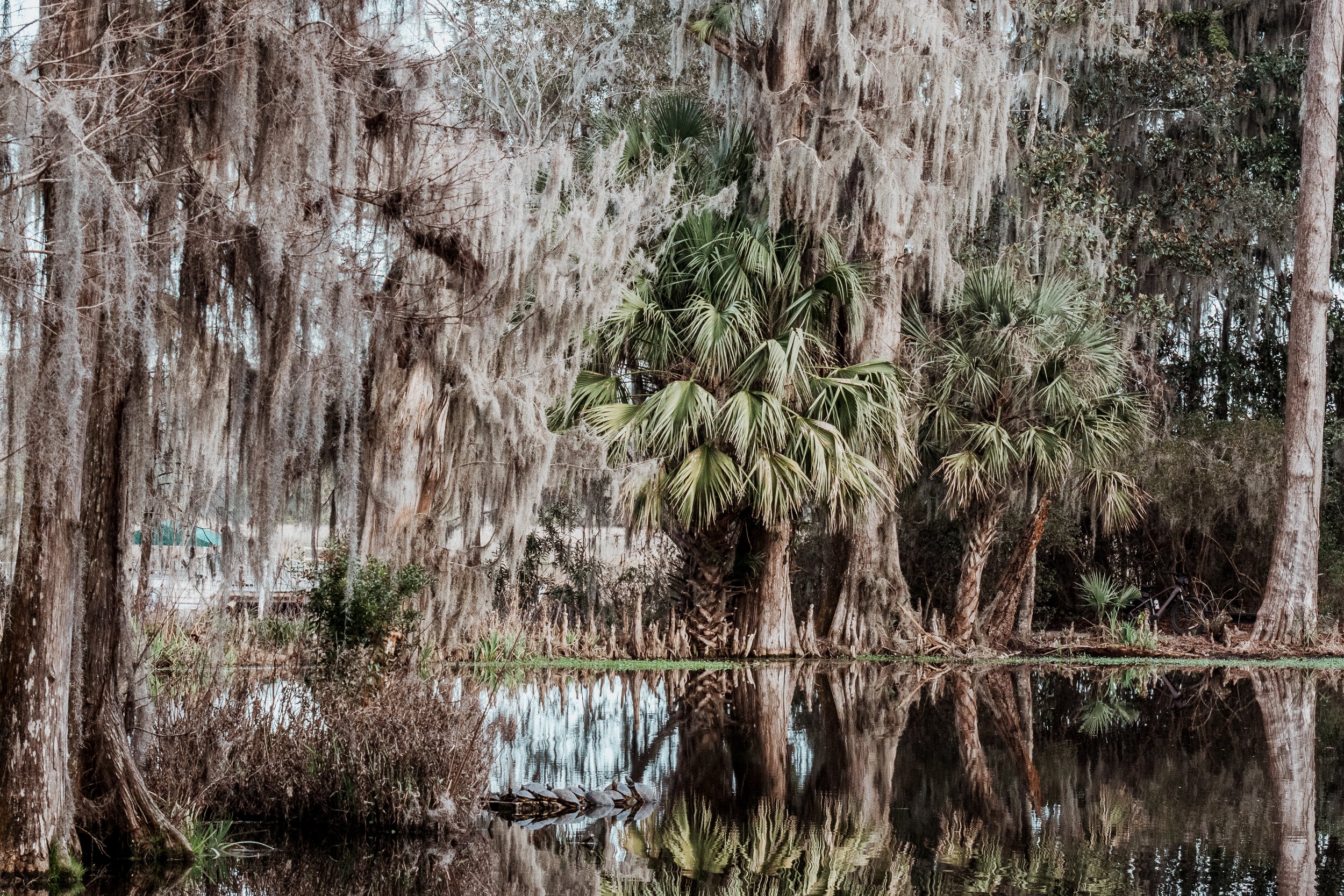
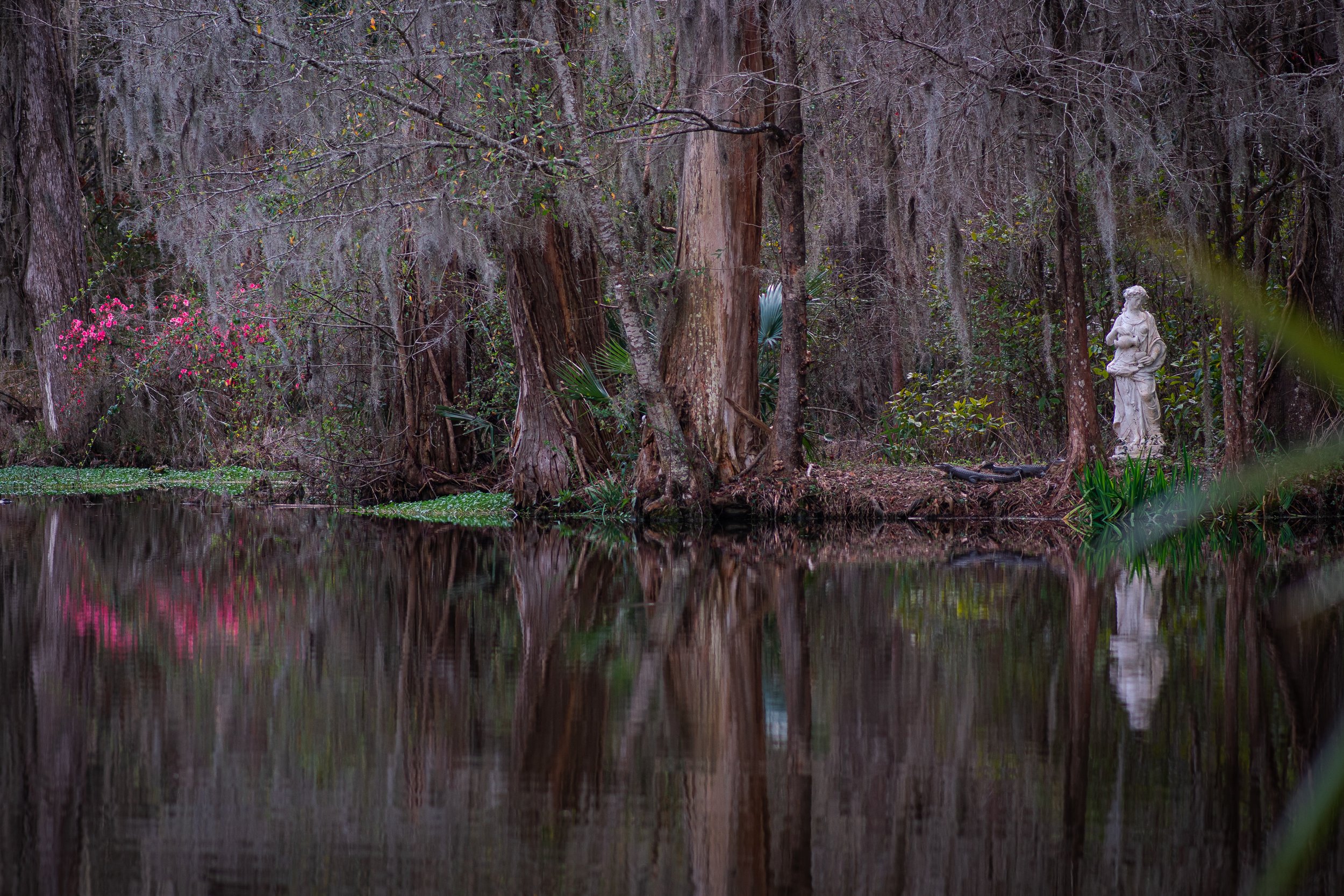
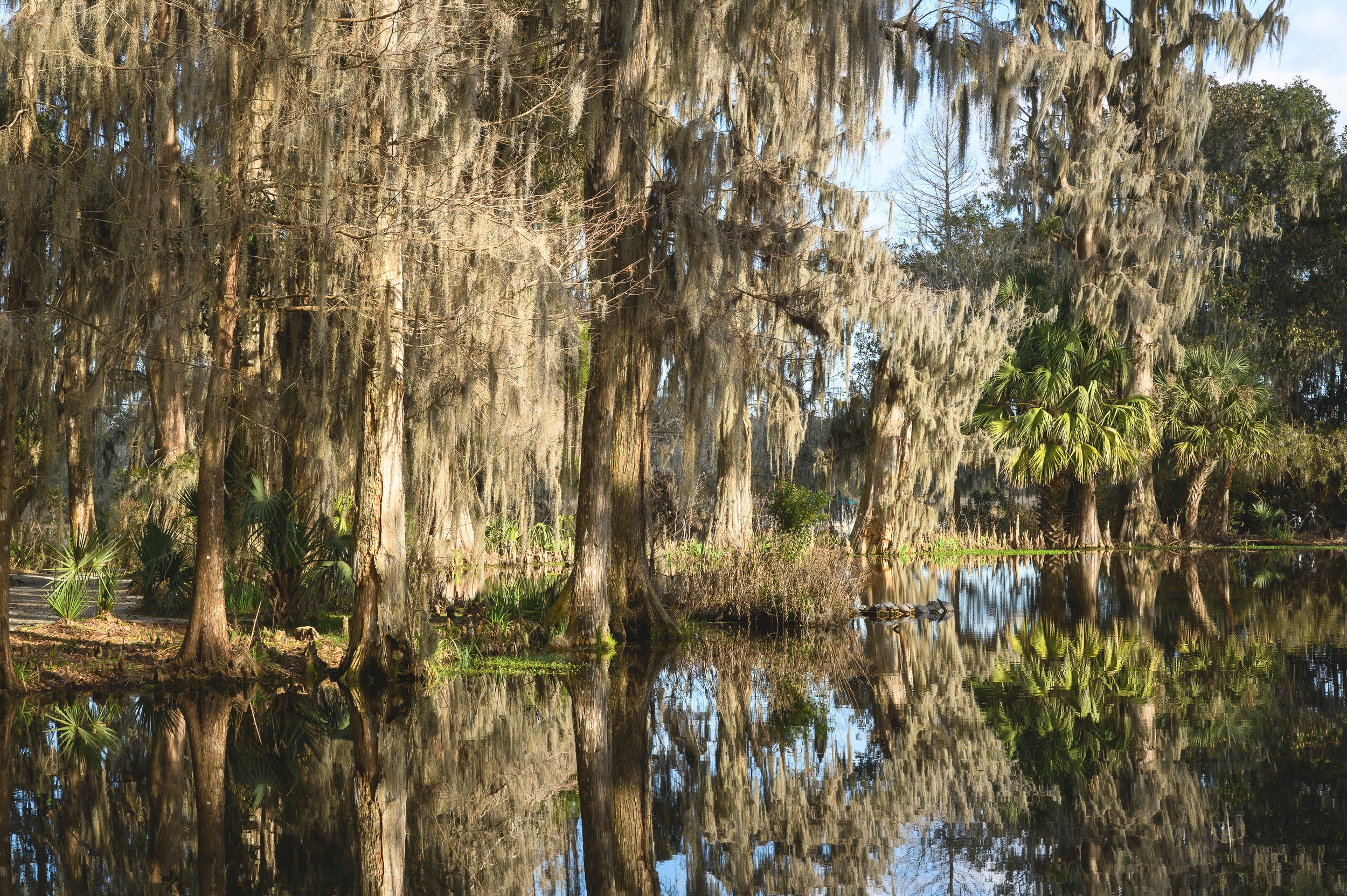
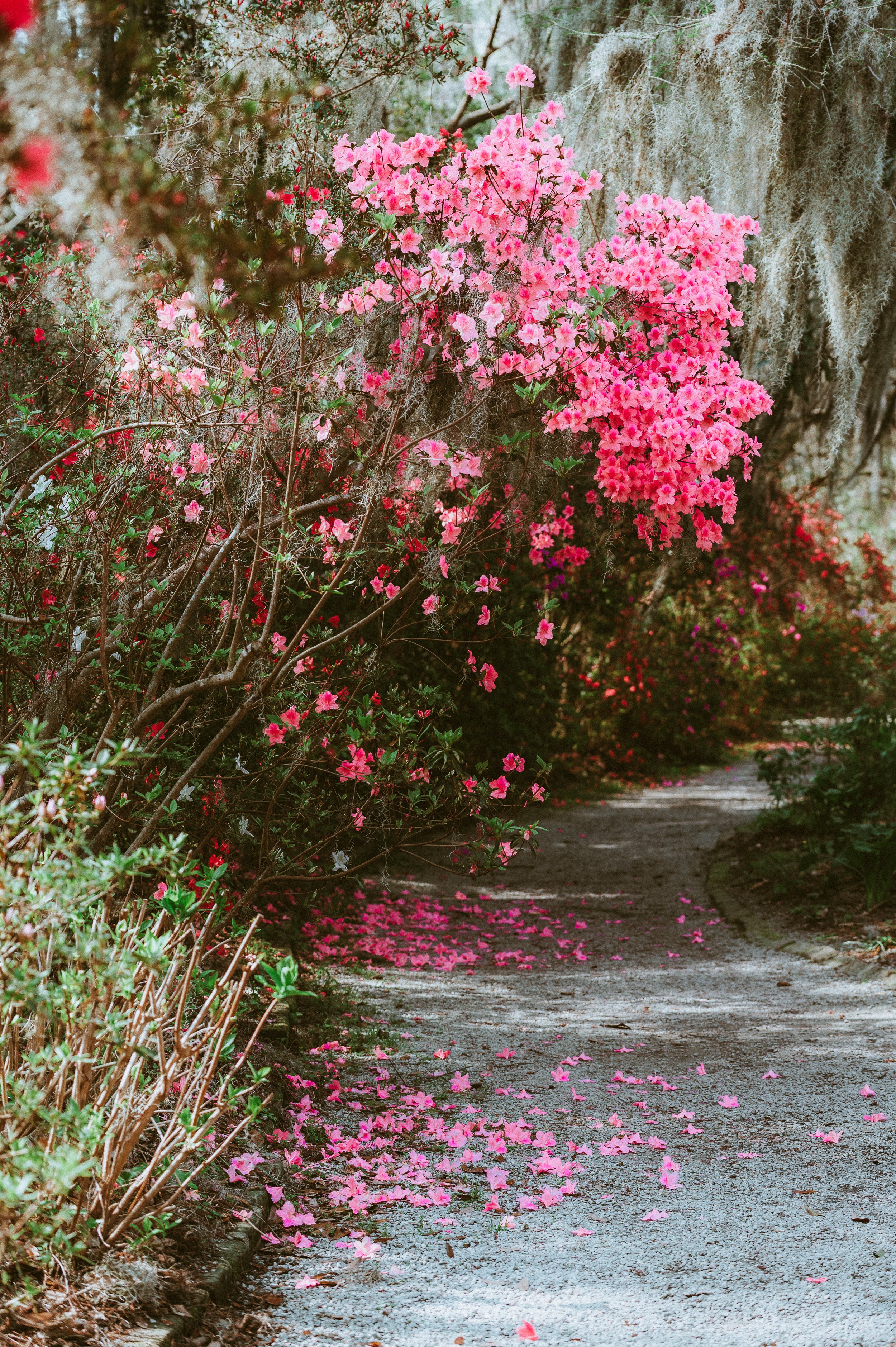
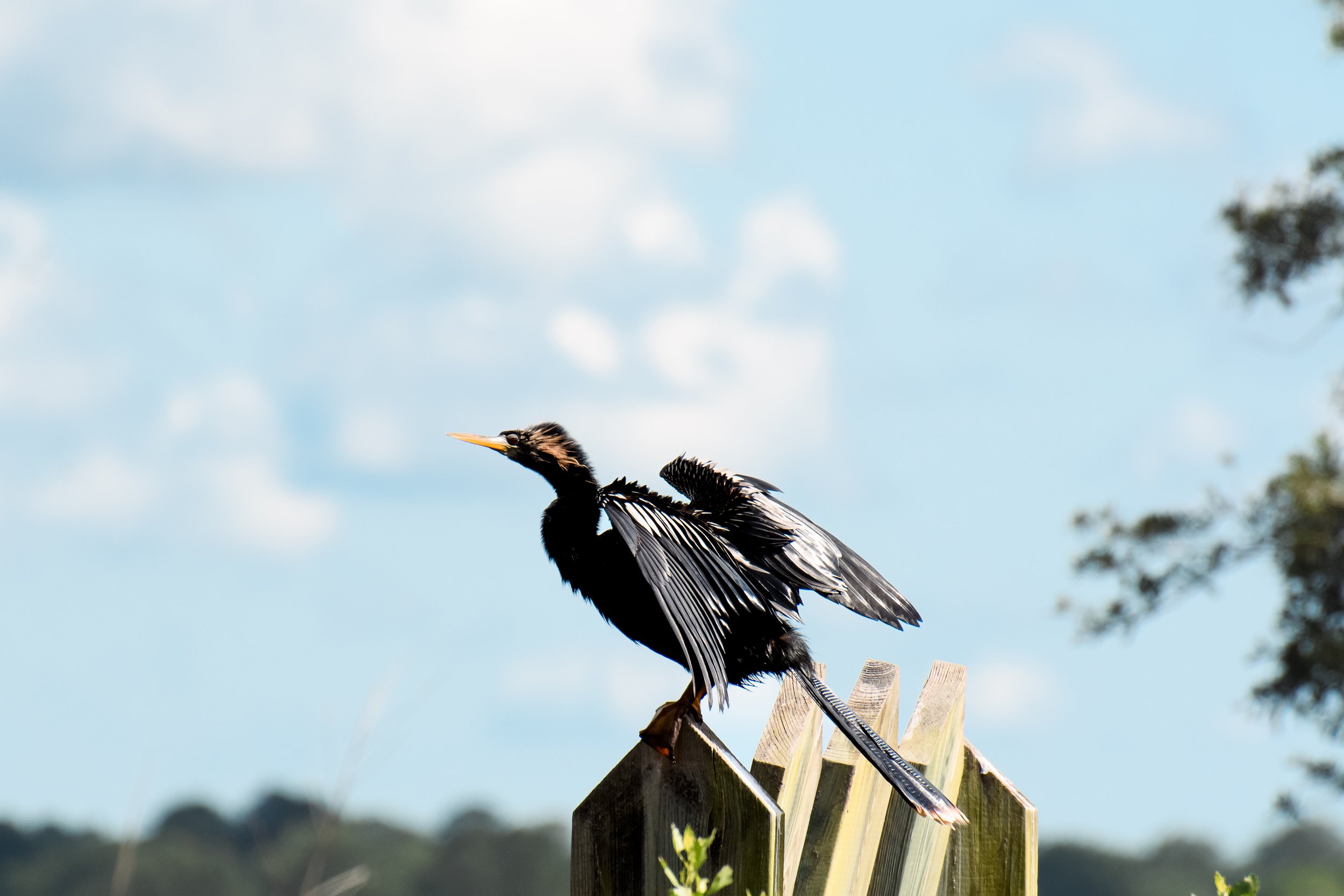
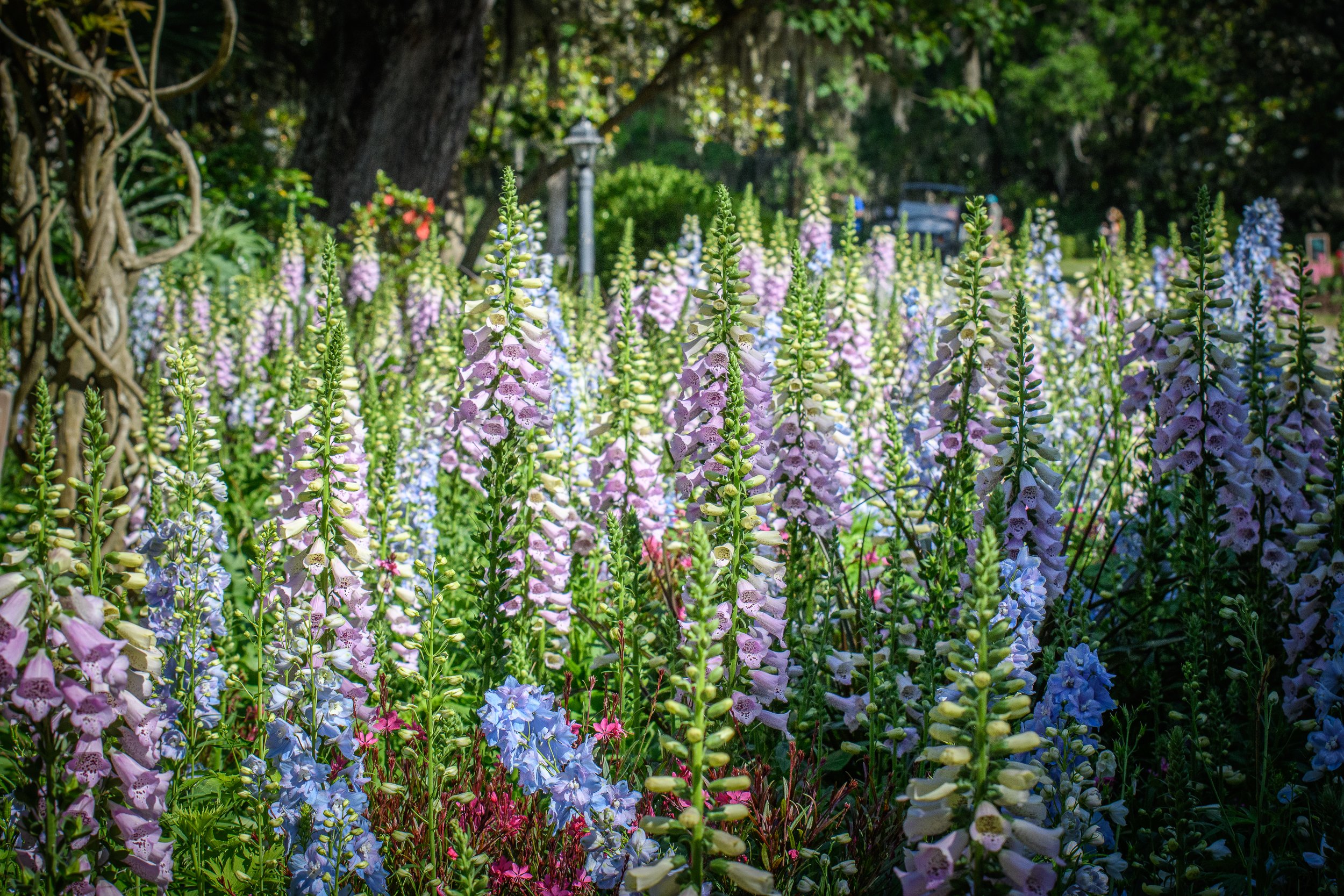
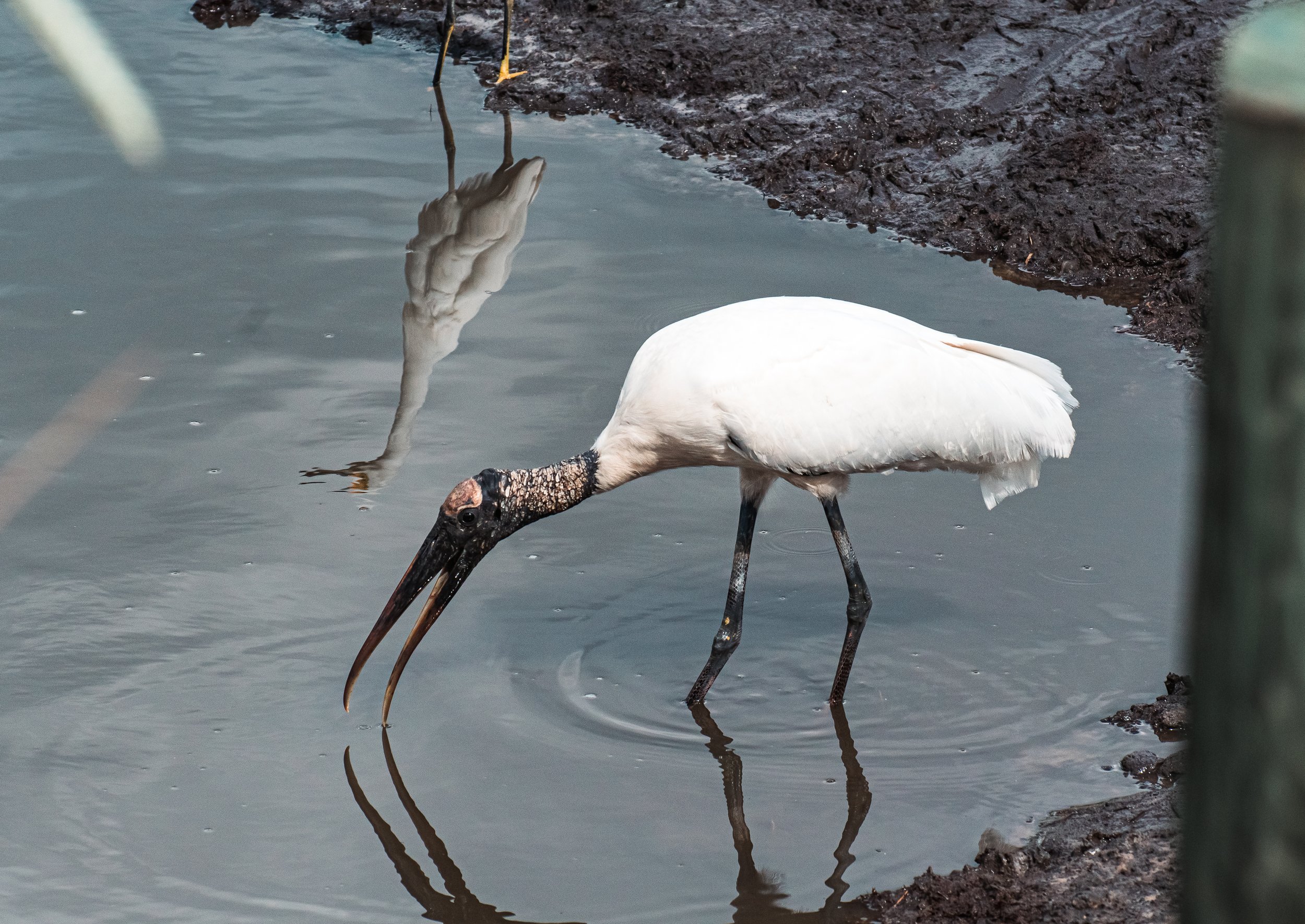
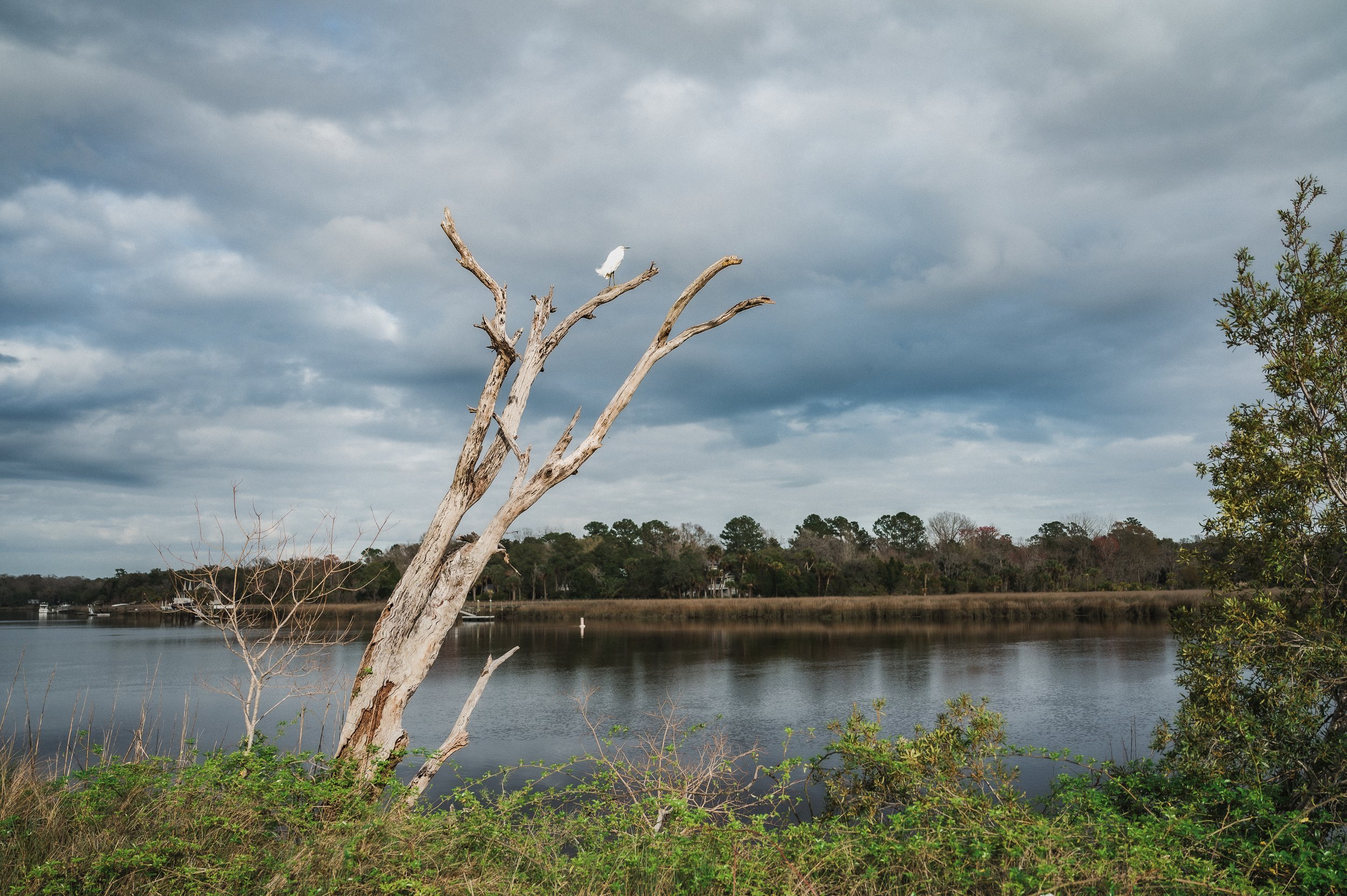
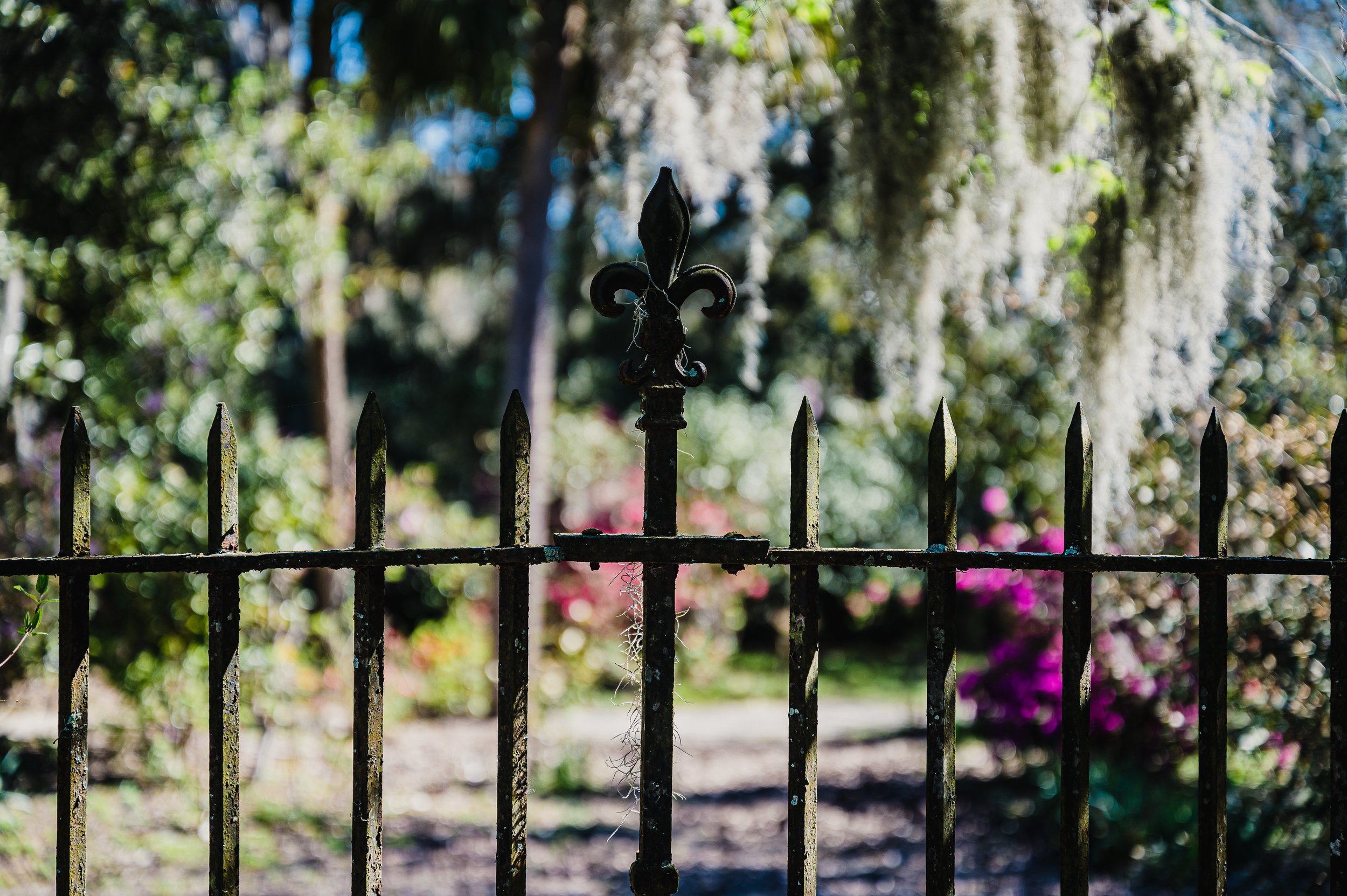
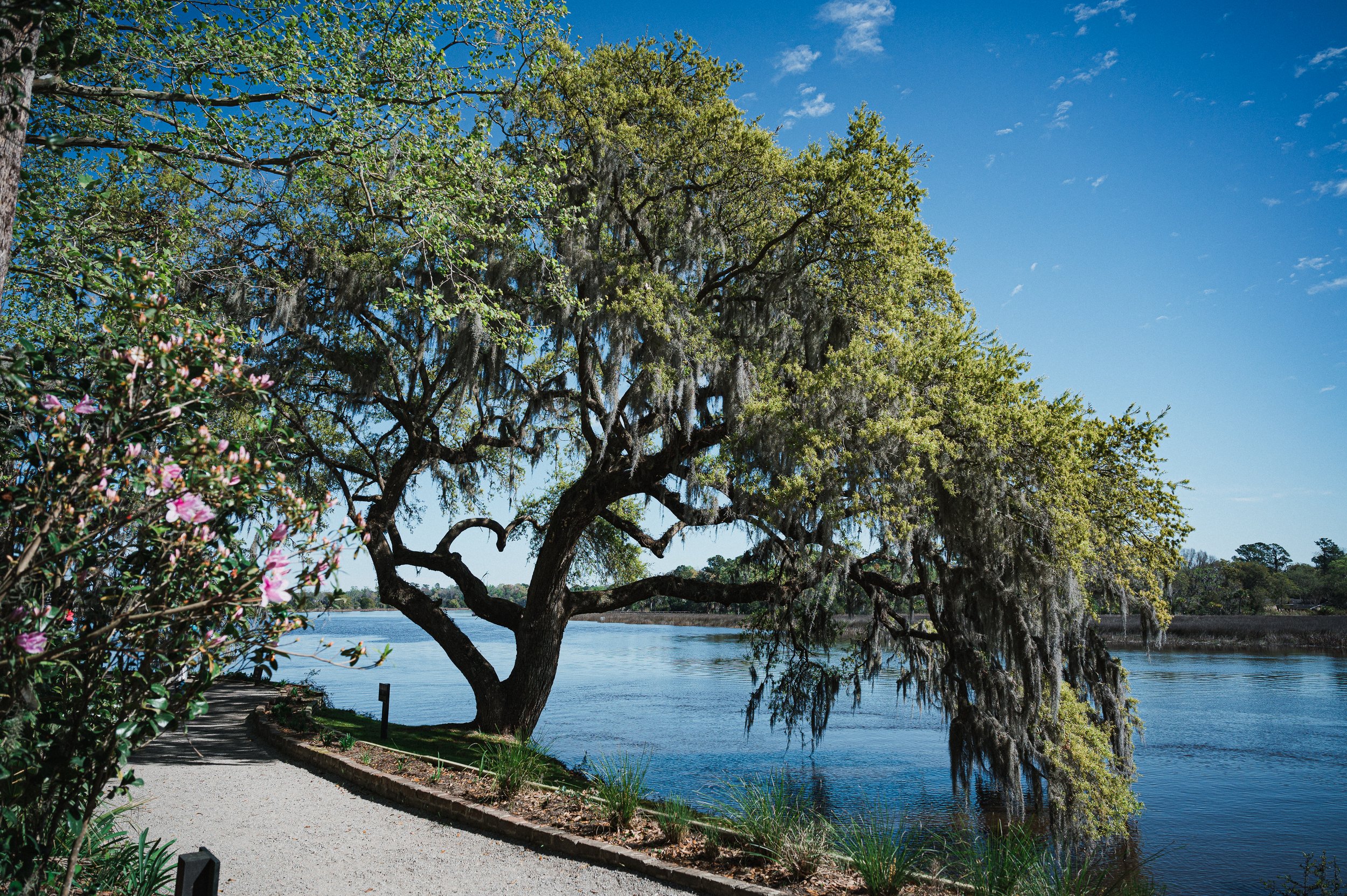
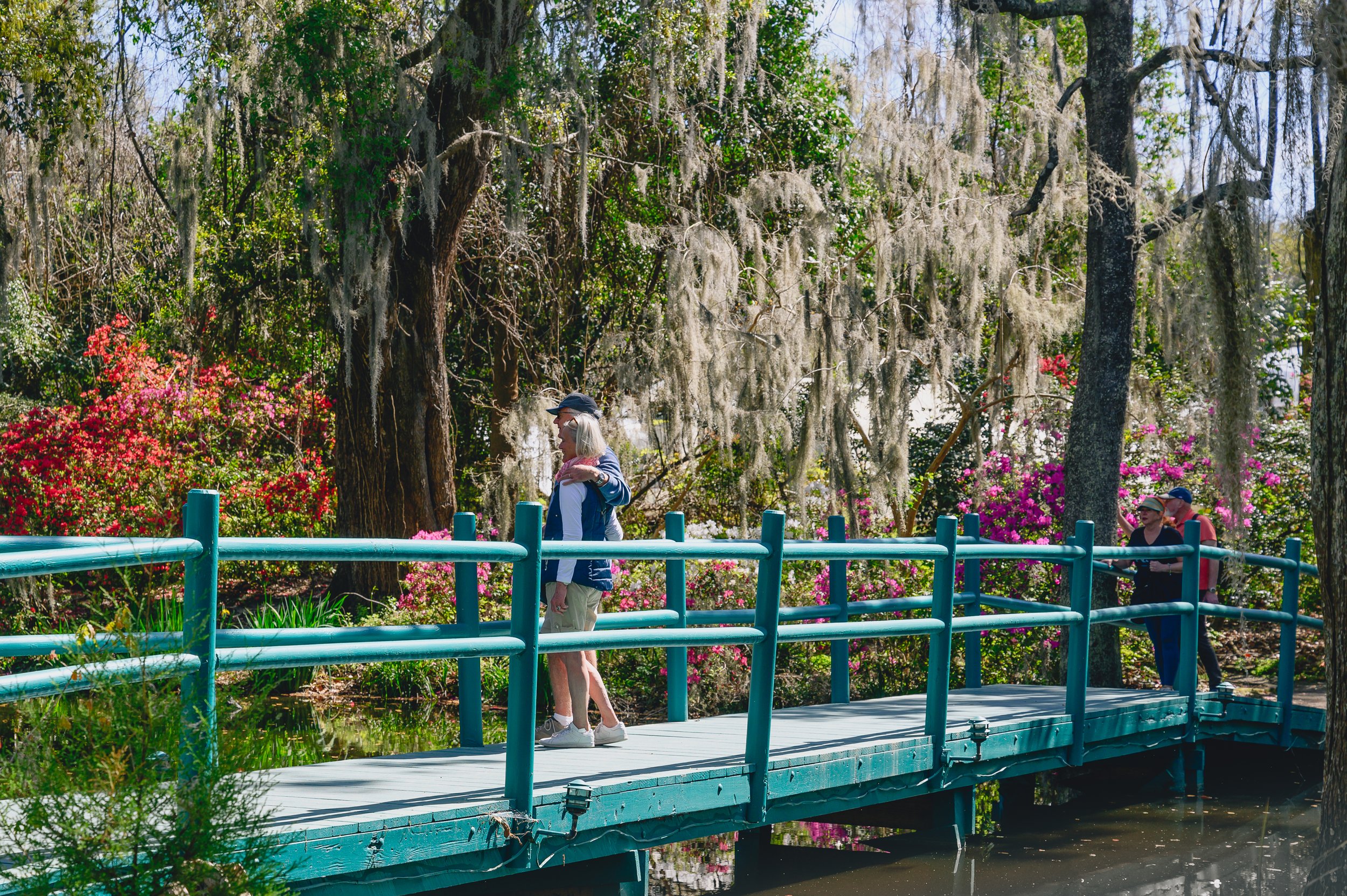
However, Magnolia Plantation and Gardens is so much more than a beautiful place to visit. It is also a site of historical significance and its beauty should not overshadow its past. Magnolia was once a thriving rice plantation whose success relied on the harsh labor of enslaved people.
The Slavery to Freedom Tour at Magnolia serves as an significant educational reminder of our nation's past and a platform for discussion around race and social justice.
The tour features four restored slave cabins, originally built around 1850 that sit next to each other in a row, commonly referred to as “The Street”. Each cabin has been restored and interpreted to represent different time periods, ranging from 1850 to 1969, enabling the tour to address various aspects of African American history at Magnolia. Stepping inside the cabins offers a brief glimpse into the harsh realities of slavery.
This history is something that visitors should be mindful of while enjoying the scenic beauty of the area. It’s a chance to learn about the lives of the enslaved individuals who were an integral part of the plantation's history and to honor their legacy.
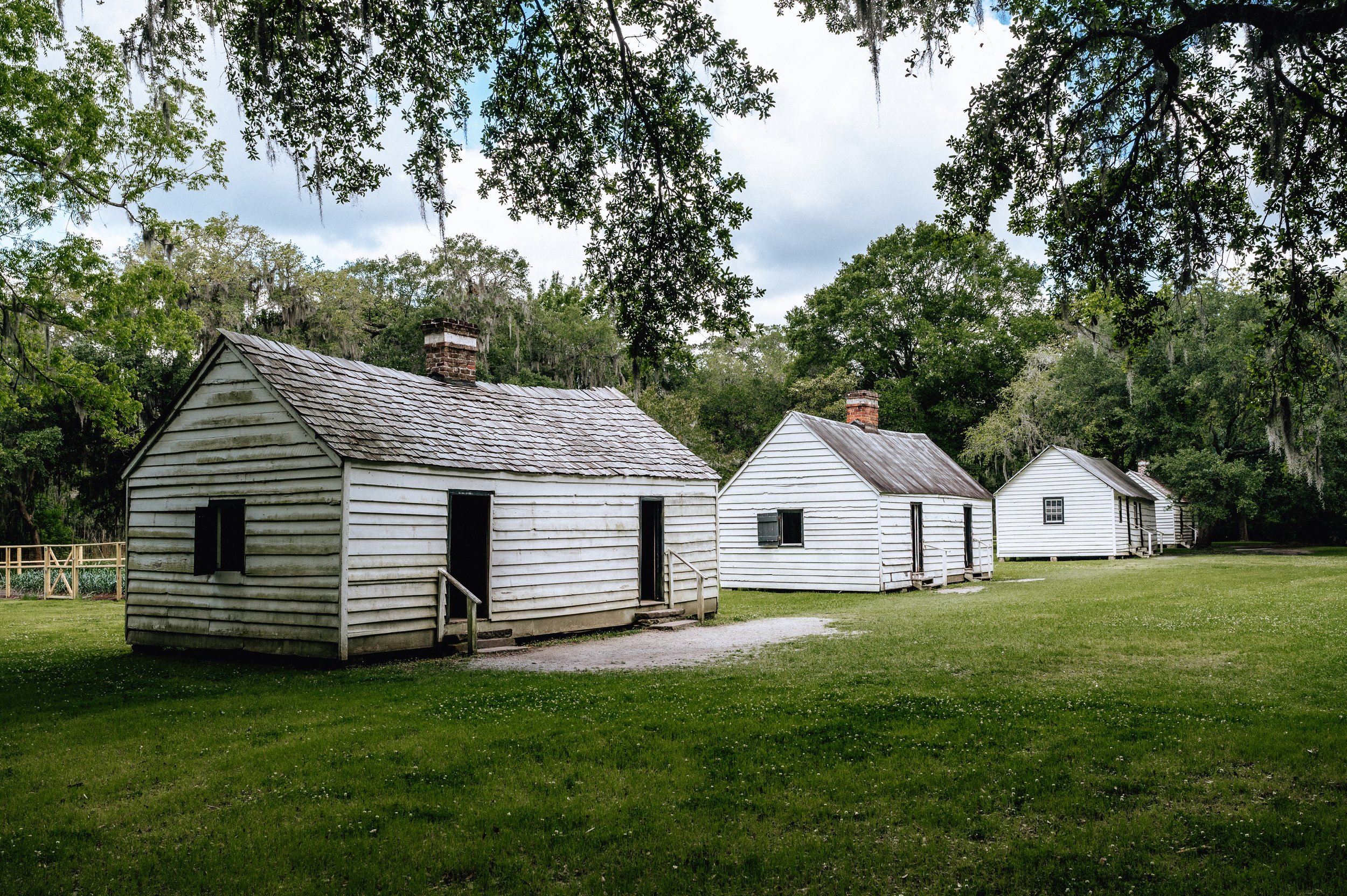
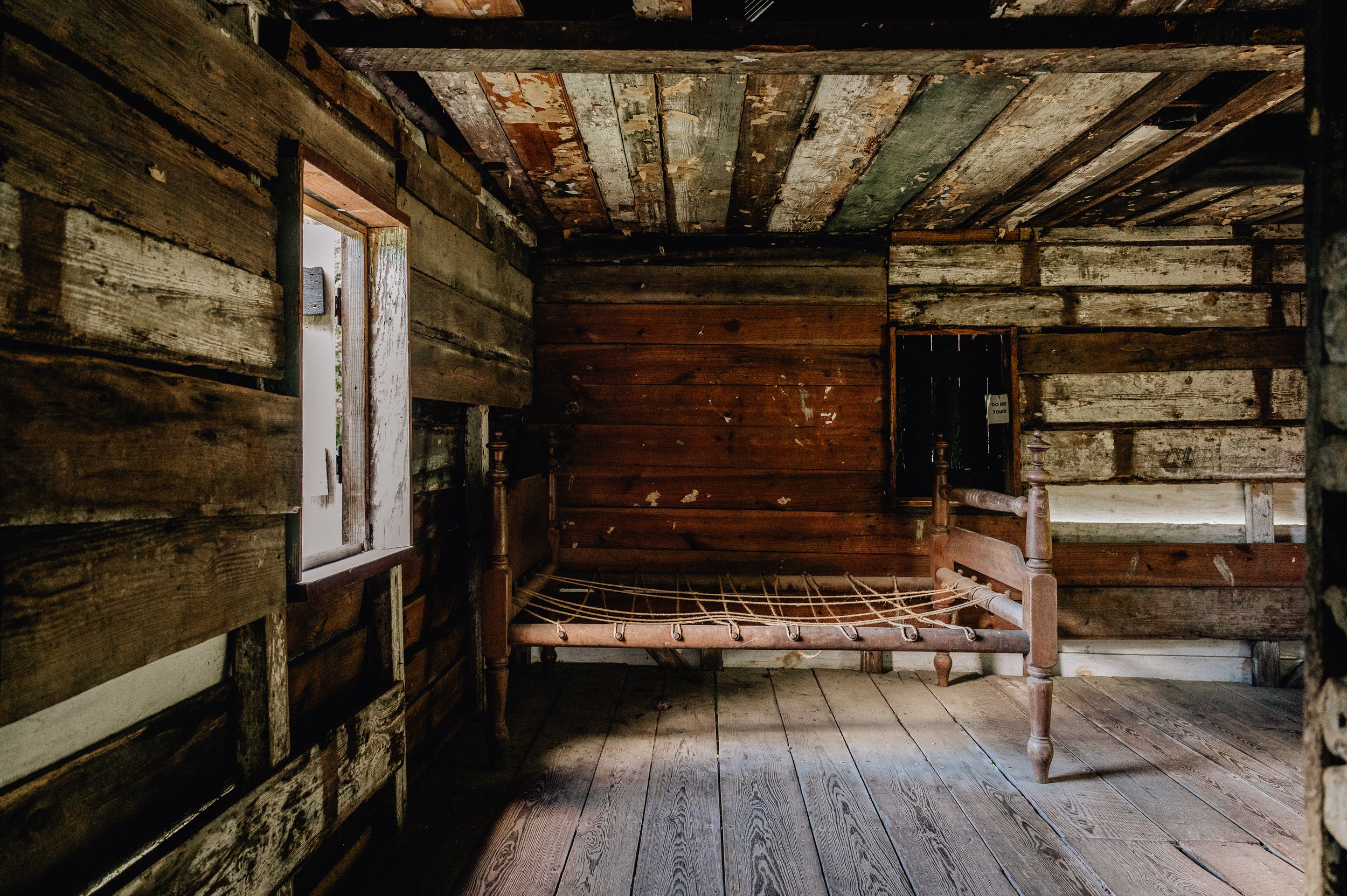

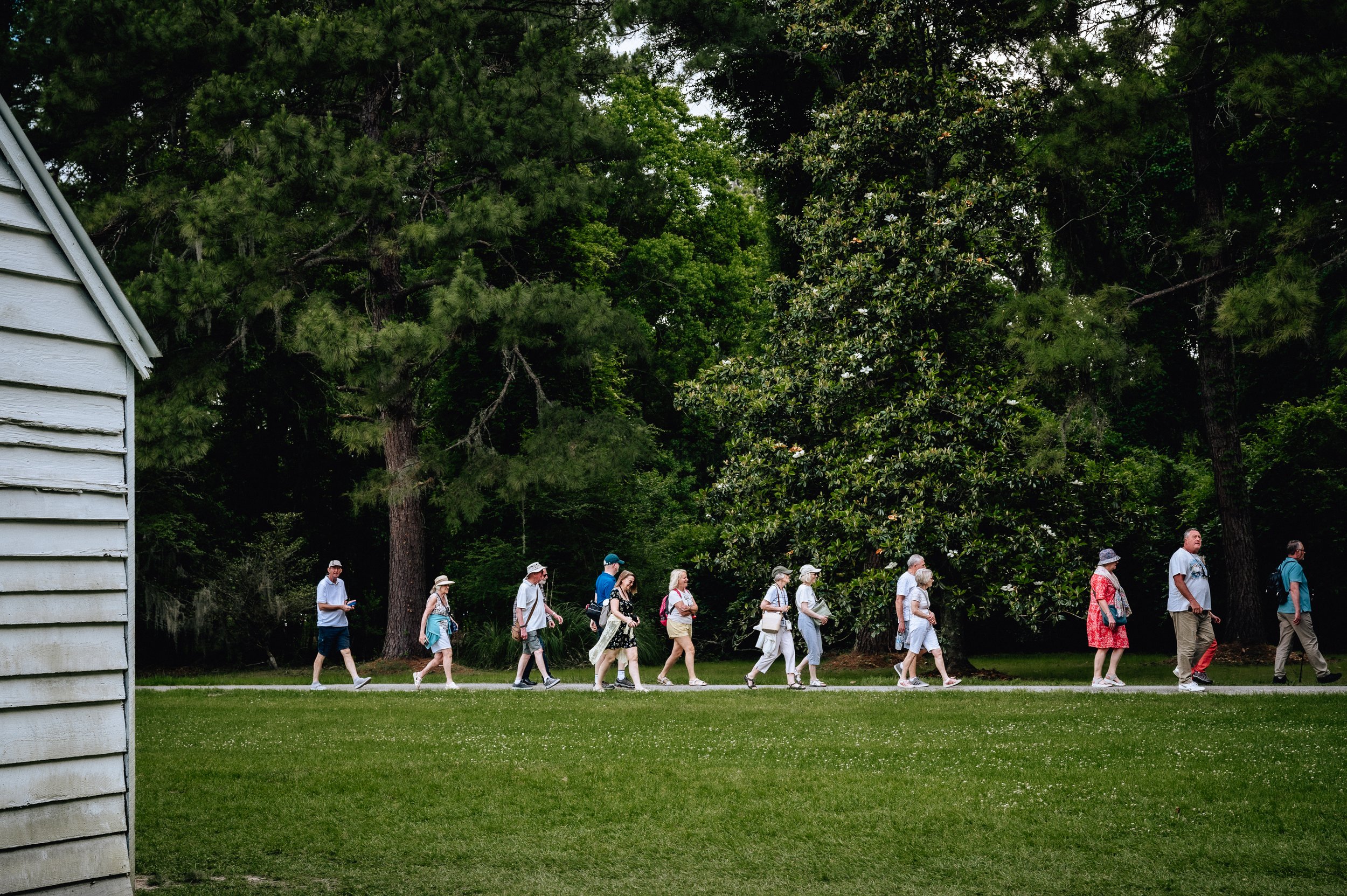
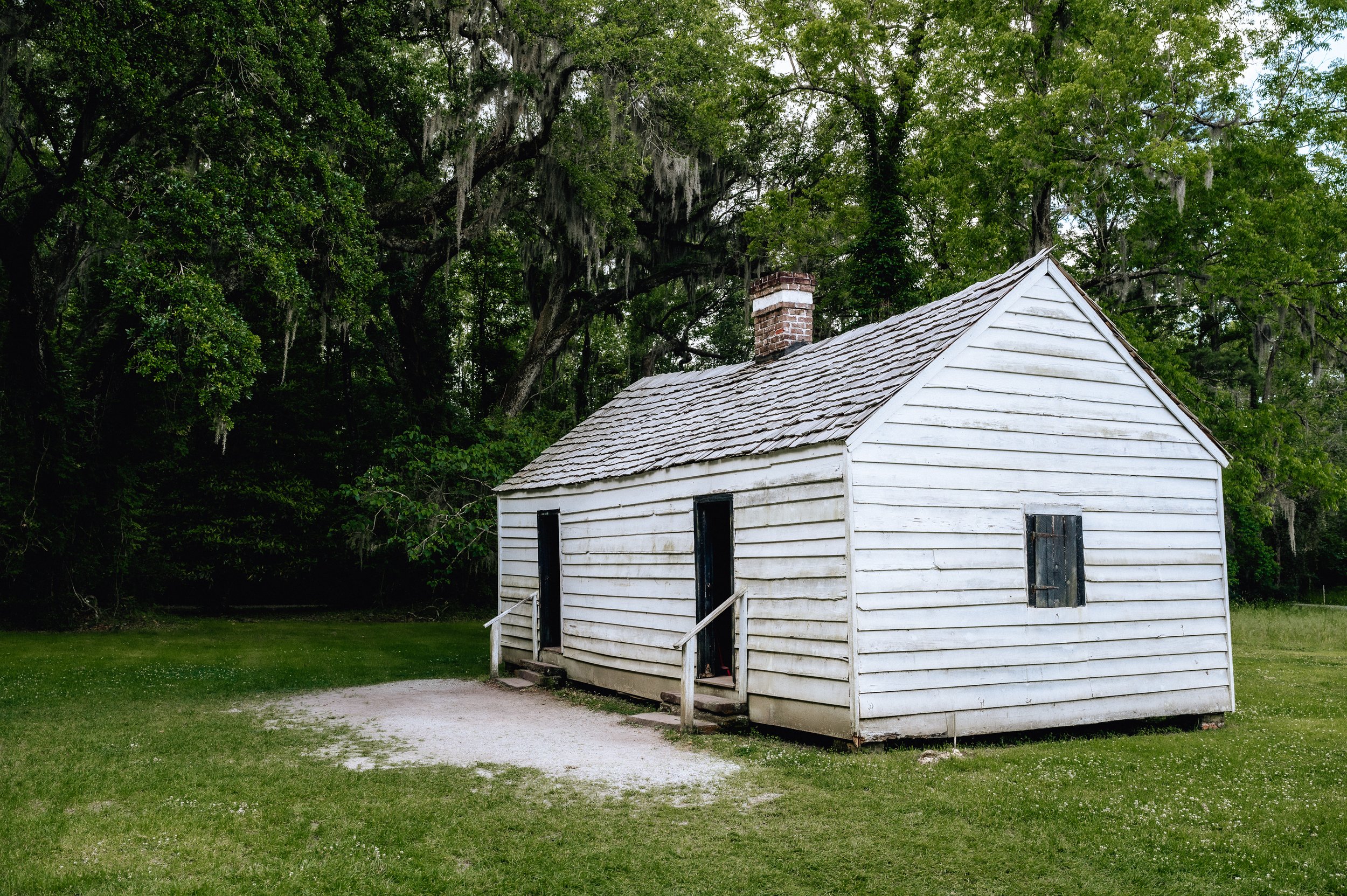
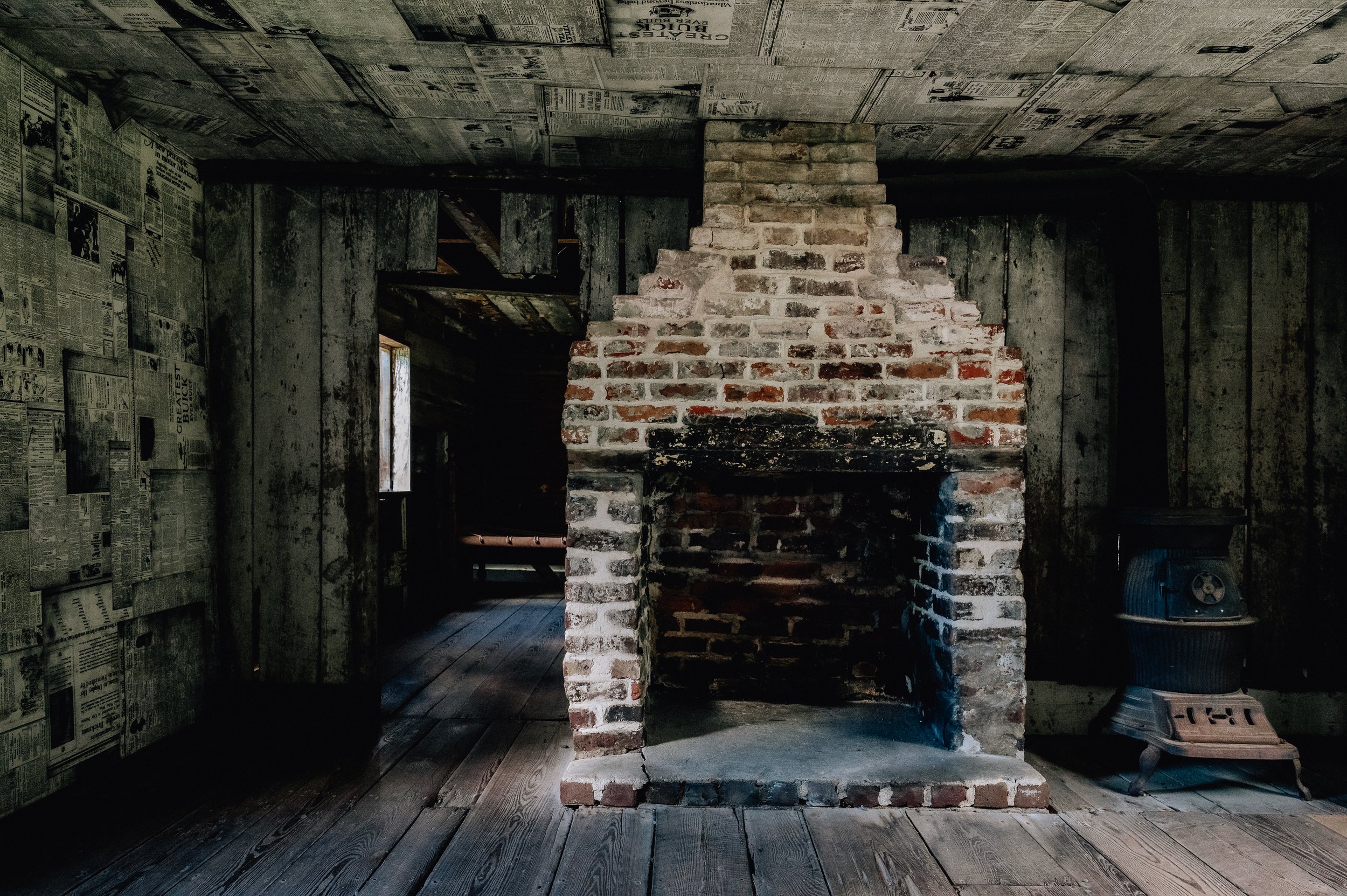
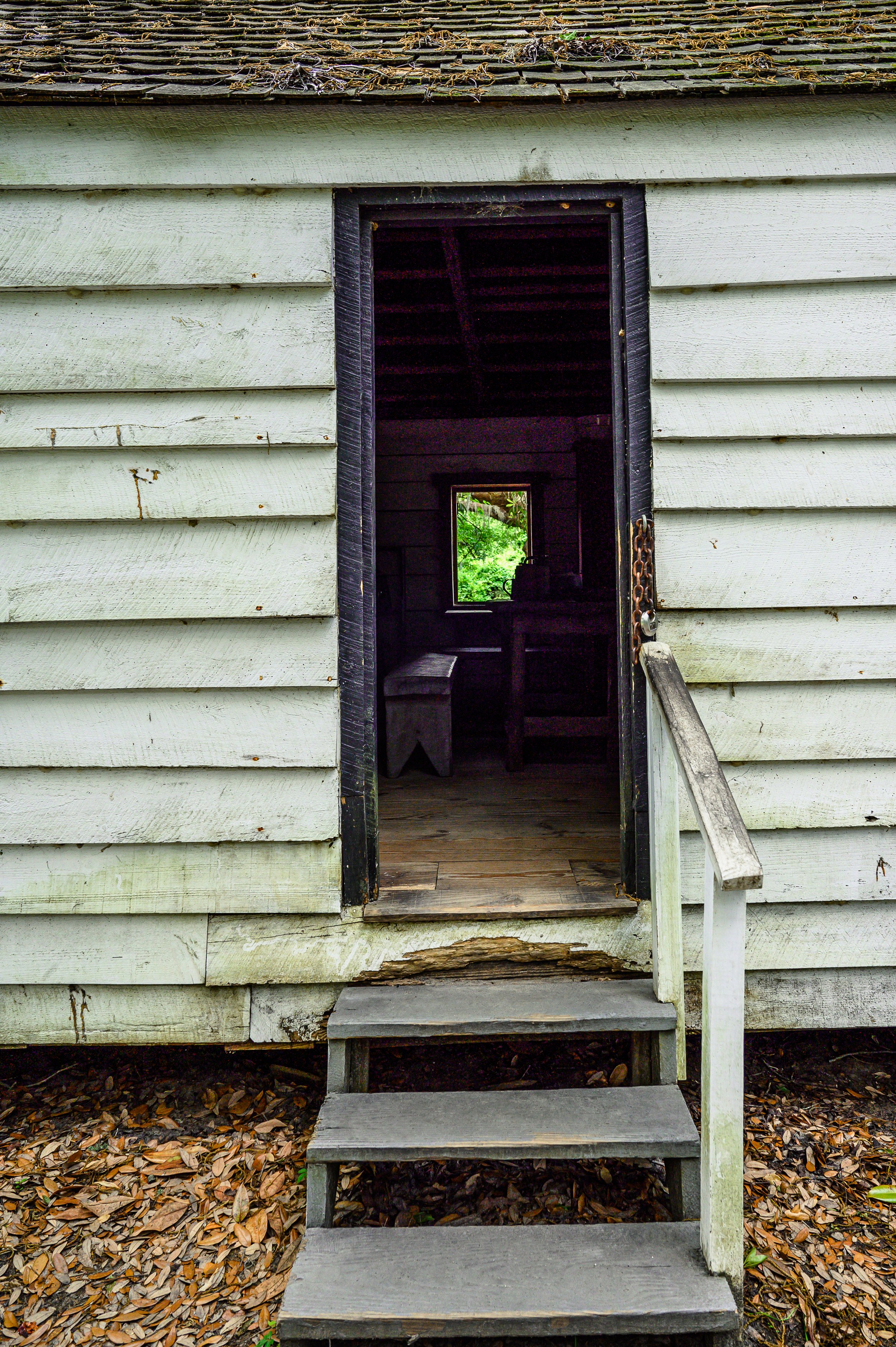
A short walk from the History to Freedom Tour is always the highlight of my visit, the Audubon Swamp Garden. Originally a freshwater reservoir for rice fields, this wildlife sanctuary was named after James Audubon. Audubon, the renowned naturalist known for his exquisite bird paintings, was once a guest of Reverend John Drayton. As you enter the swamp, you'll feel like you've discovered a secret hideaway, even though the hum of Ashley River Road reminds you that civilization is not far away.
Wandering along the boardwalks and meandering paths, you'll feel as if you've been transported to a different world, one where you're a polite guest in the habitat of many different species of wildlife. The cypress-tupelo swamp is teeming with animal activity. The black waters are covered in duckweed providing the perfect camouflage for the alligators and turtles so be on the lookout for peeping eyes.
If you're a bird enthusiast, you're in for a treat because the swamp garden is home to a wide variety of migratory and local birds, including herons, egrets, ducks, hawks, owls, ibis, wood storks, woodpeckers, osprey, and eagles, just to name a few that I've been fortunate enough to observe.
One of the most enchanting spots in the swamp garden is the rookery, where you might find yourself becoming a bird lover like I did. You can easily strike up conversations with many bird photographers who are capturing the beauty of the birds in flight and eager to share their knowledge.
The swamp garden is a place where you can forget about the outside world and immerse yourself in the natural sounds of the surroundings, including the calls of the birds. As my brother noted, you feel like you’re "swamp-bathing," and it's easy to see why. A visit to the Audubon Swamp Garden is a peaceful and rejuvenating experience, and if you plan your visit for the spring you’ll witness Great Blue Herons, egrets, and other birds nest-building and caring for their young.
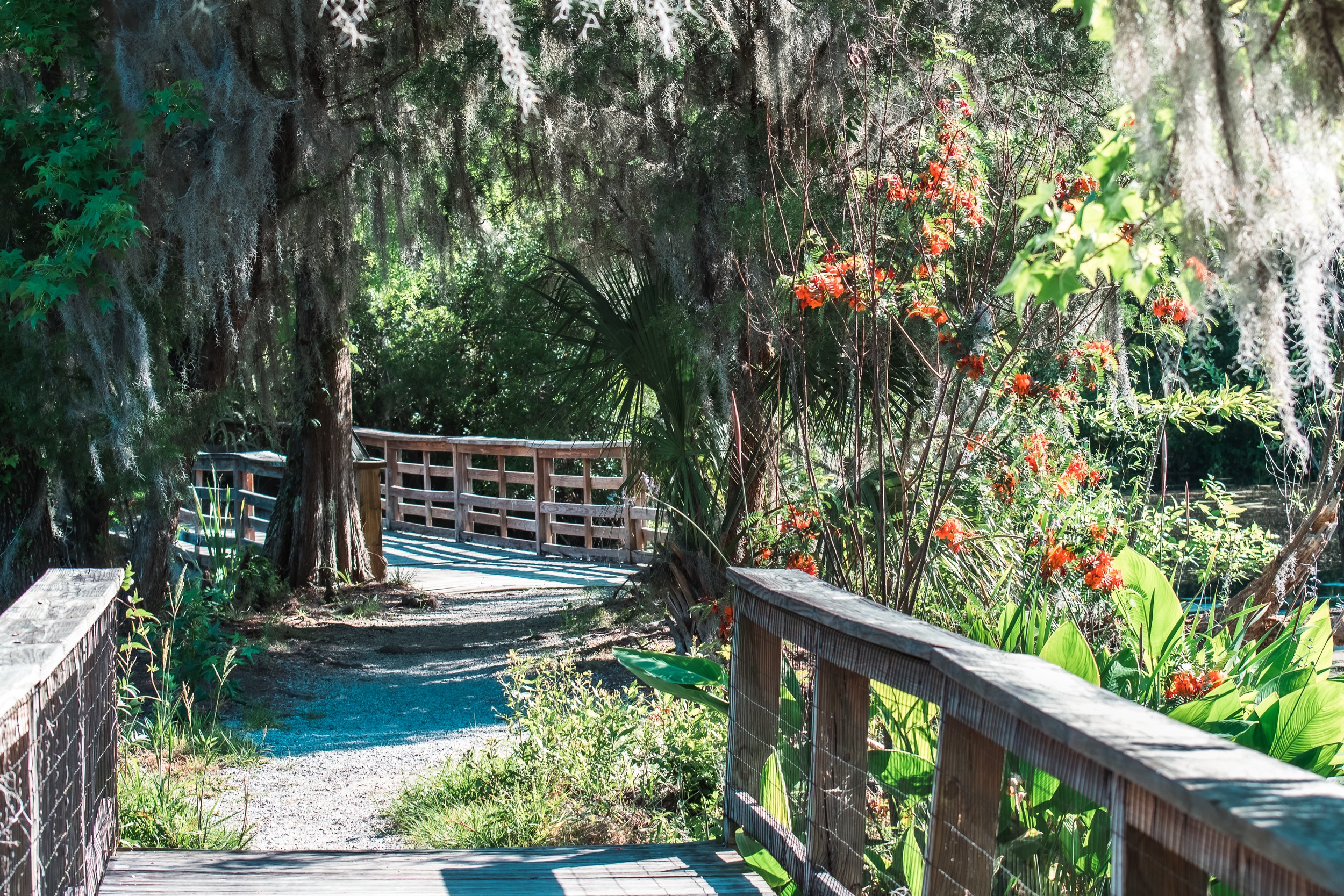
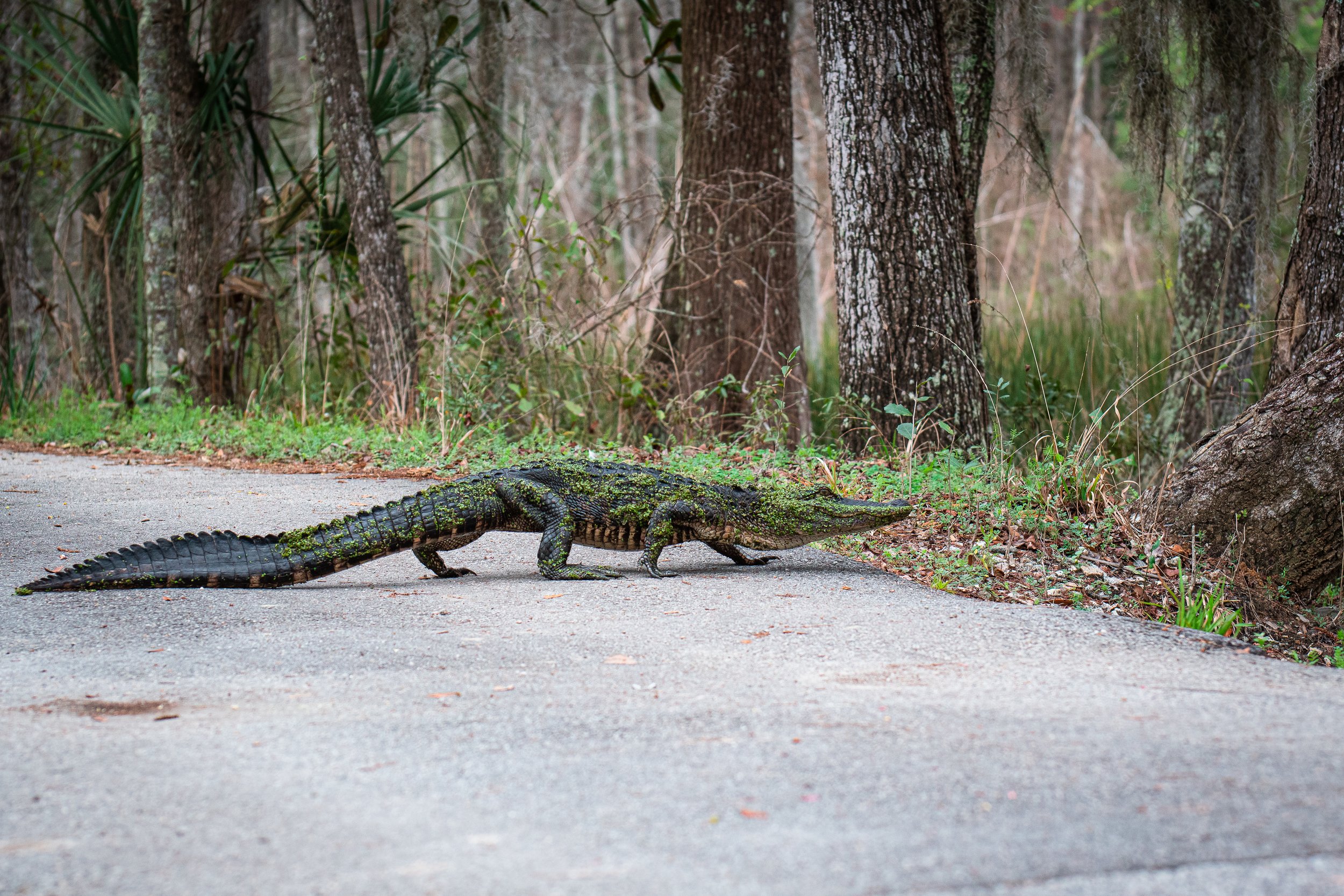
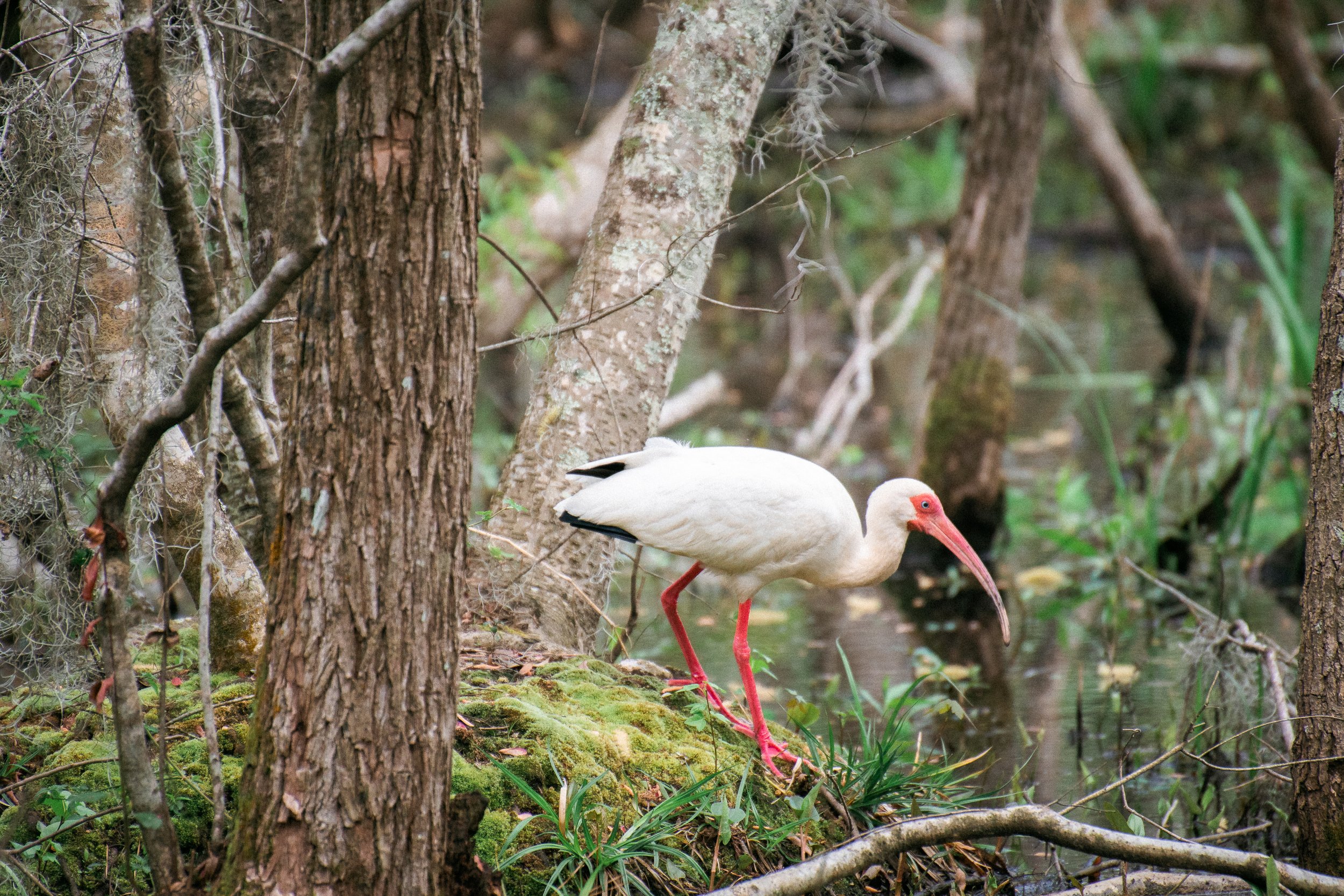
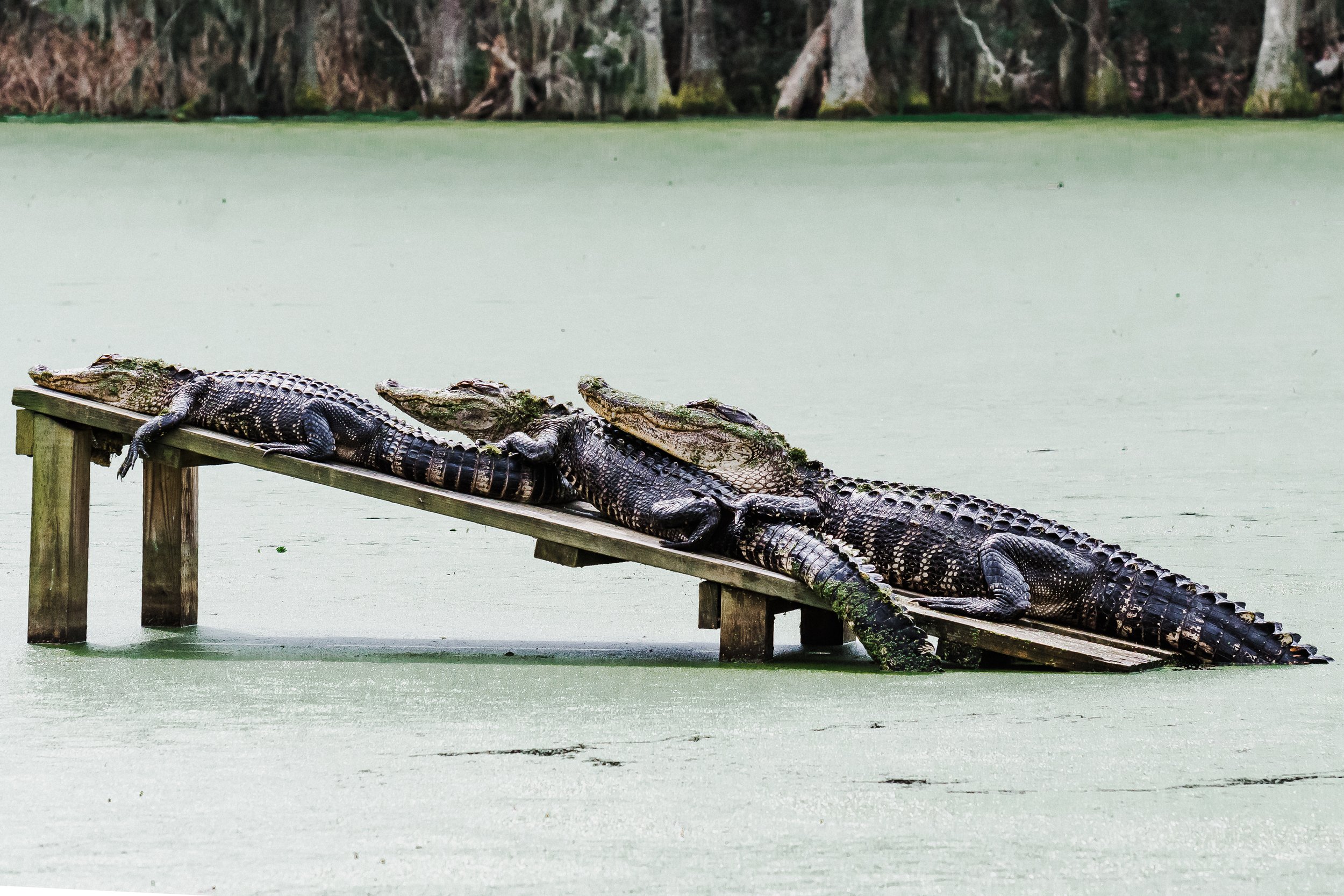
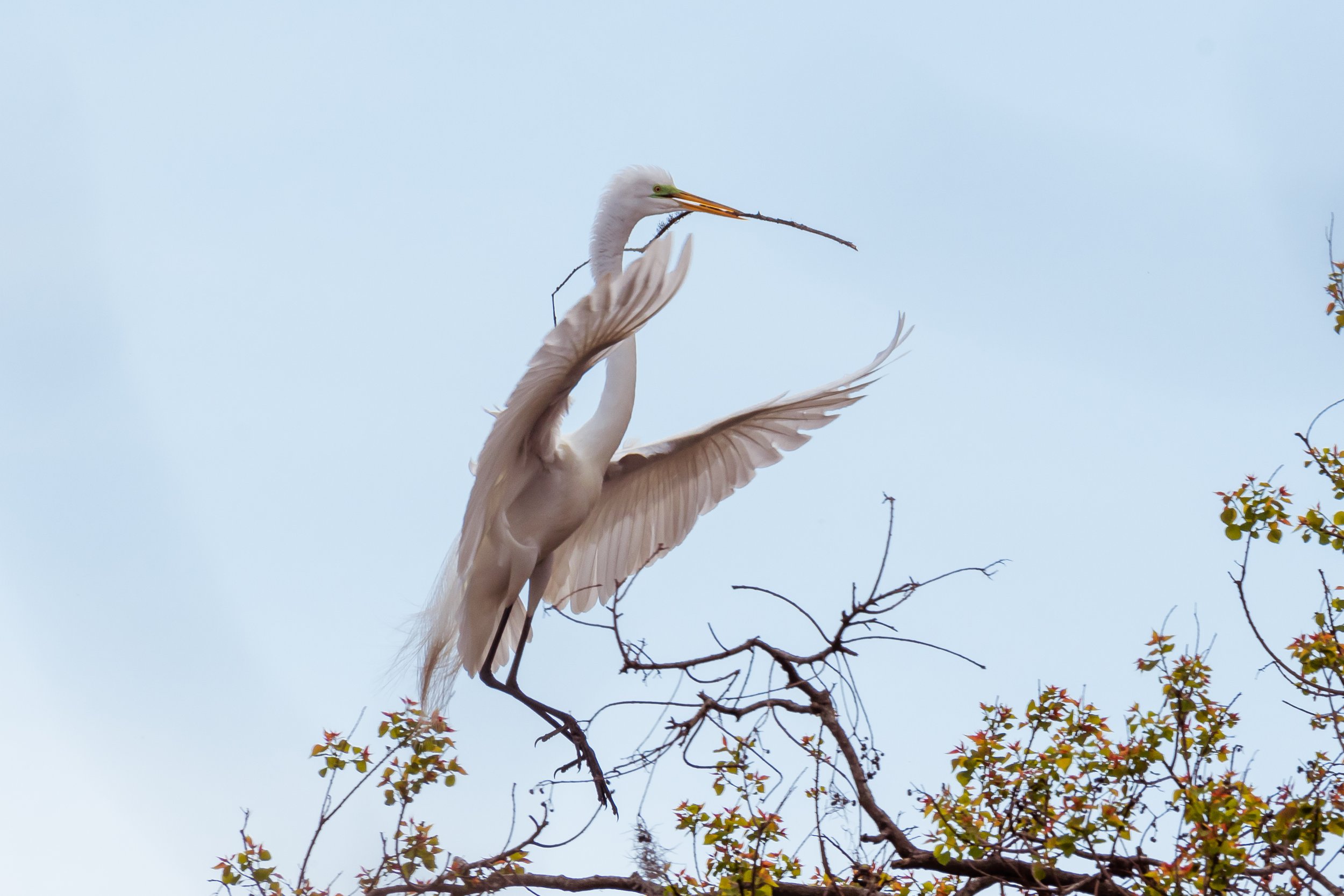
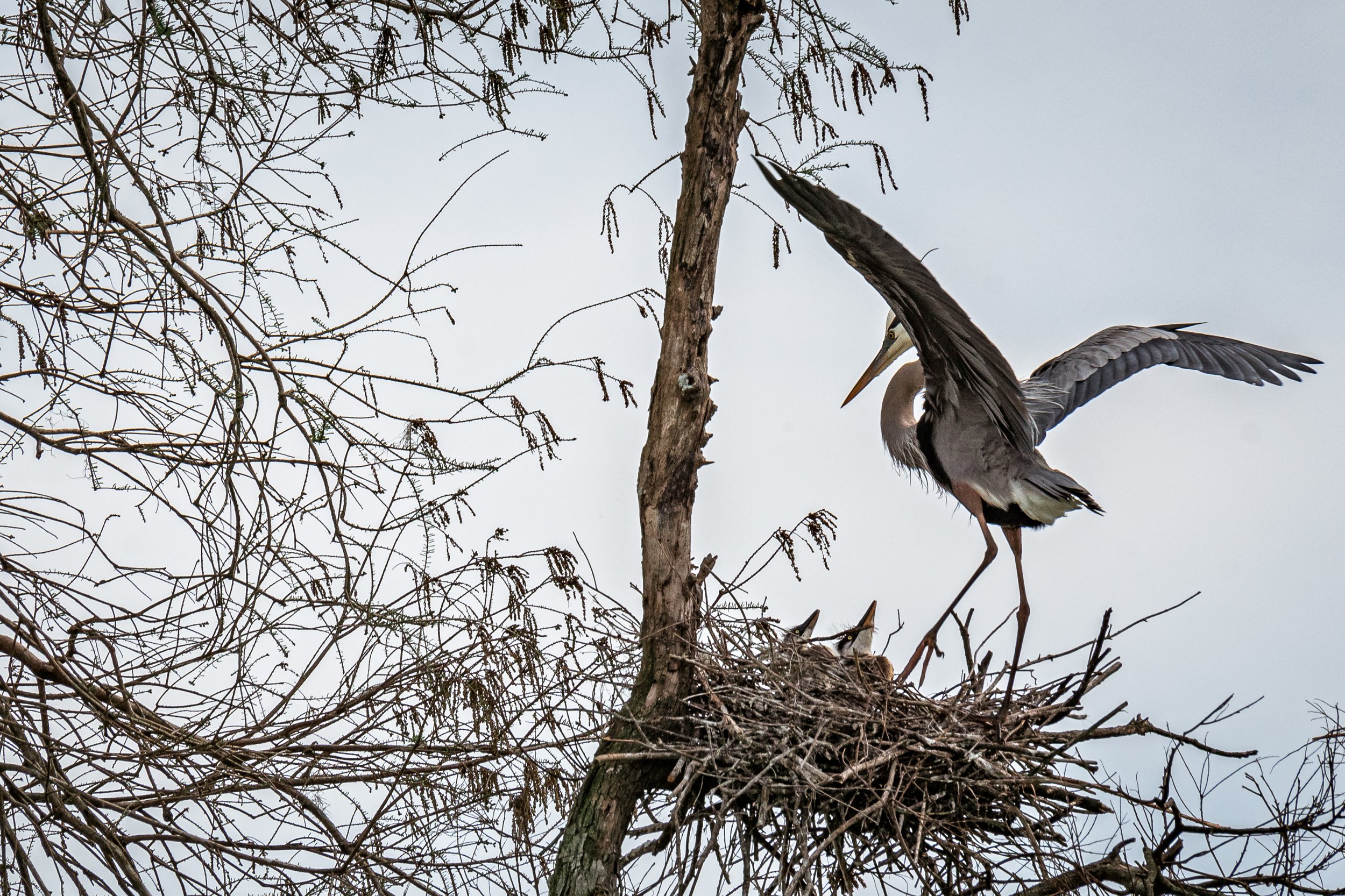
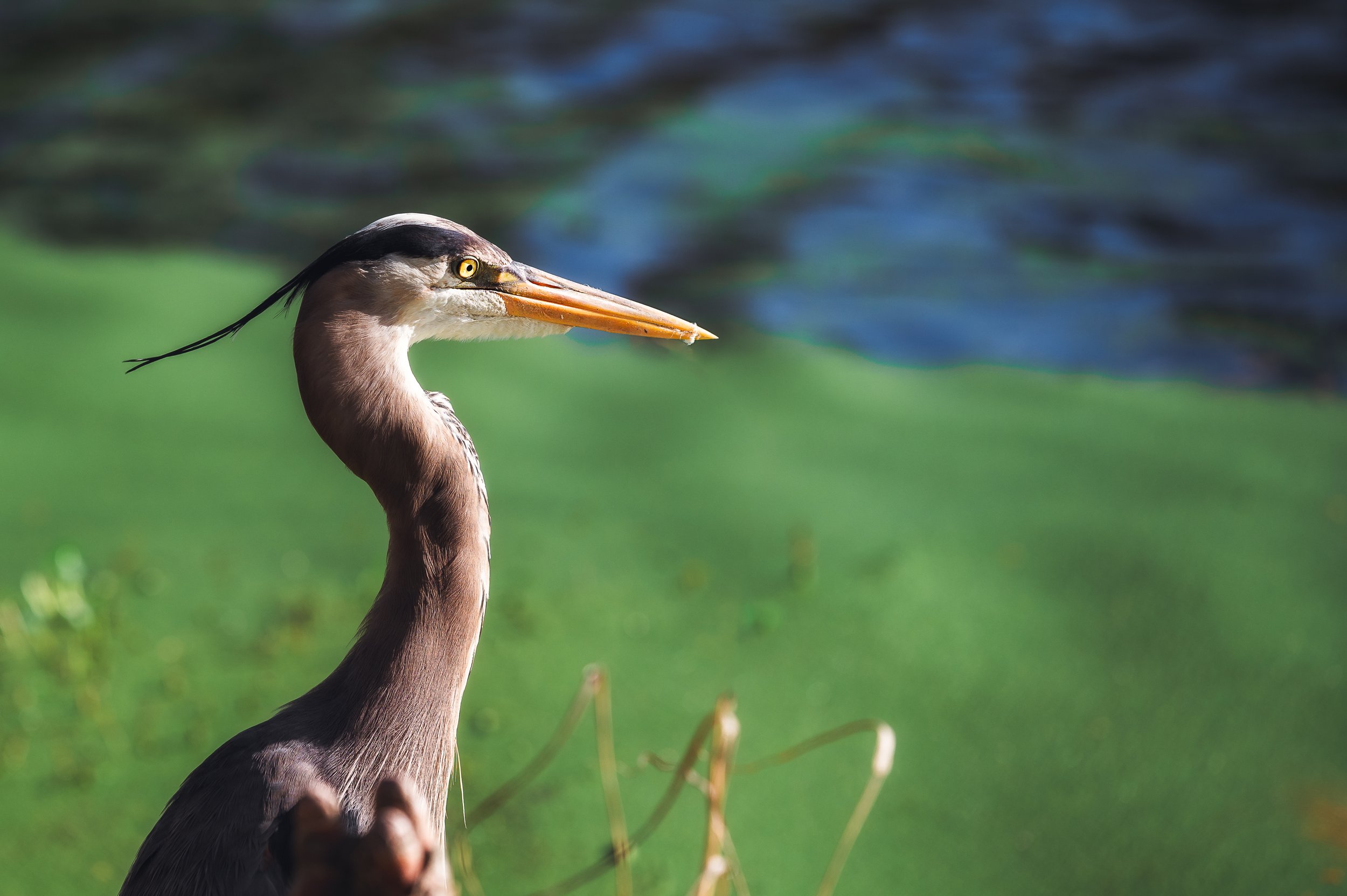
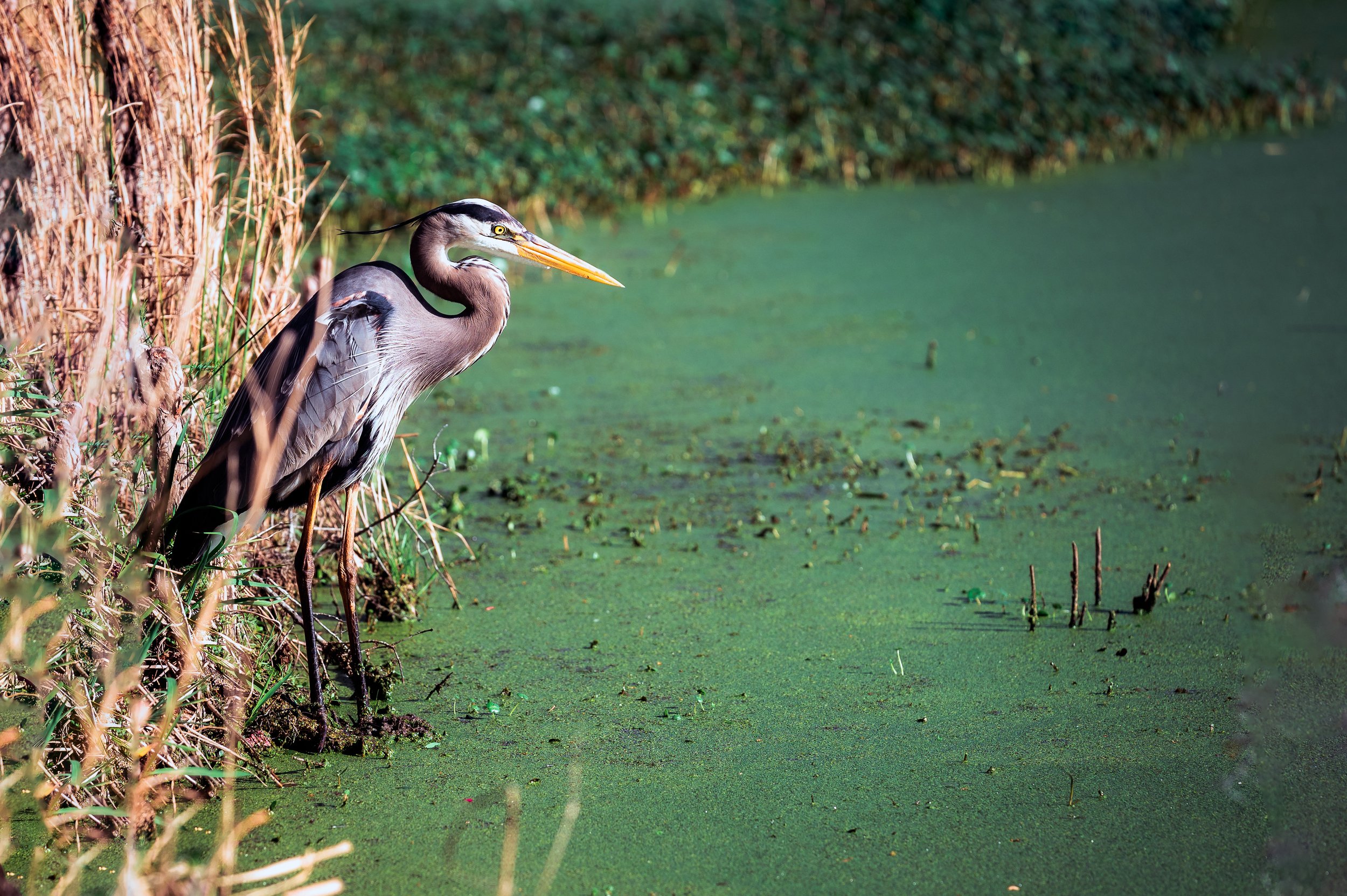
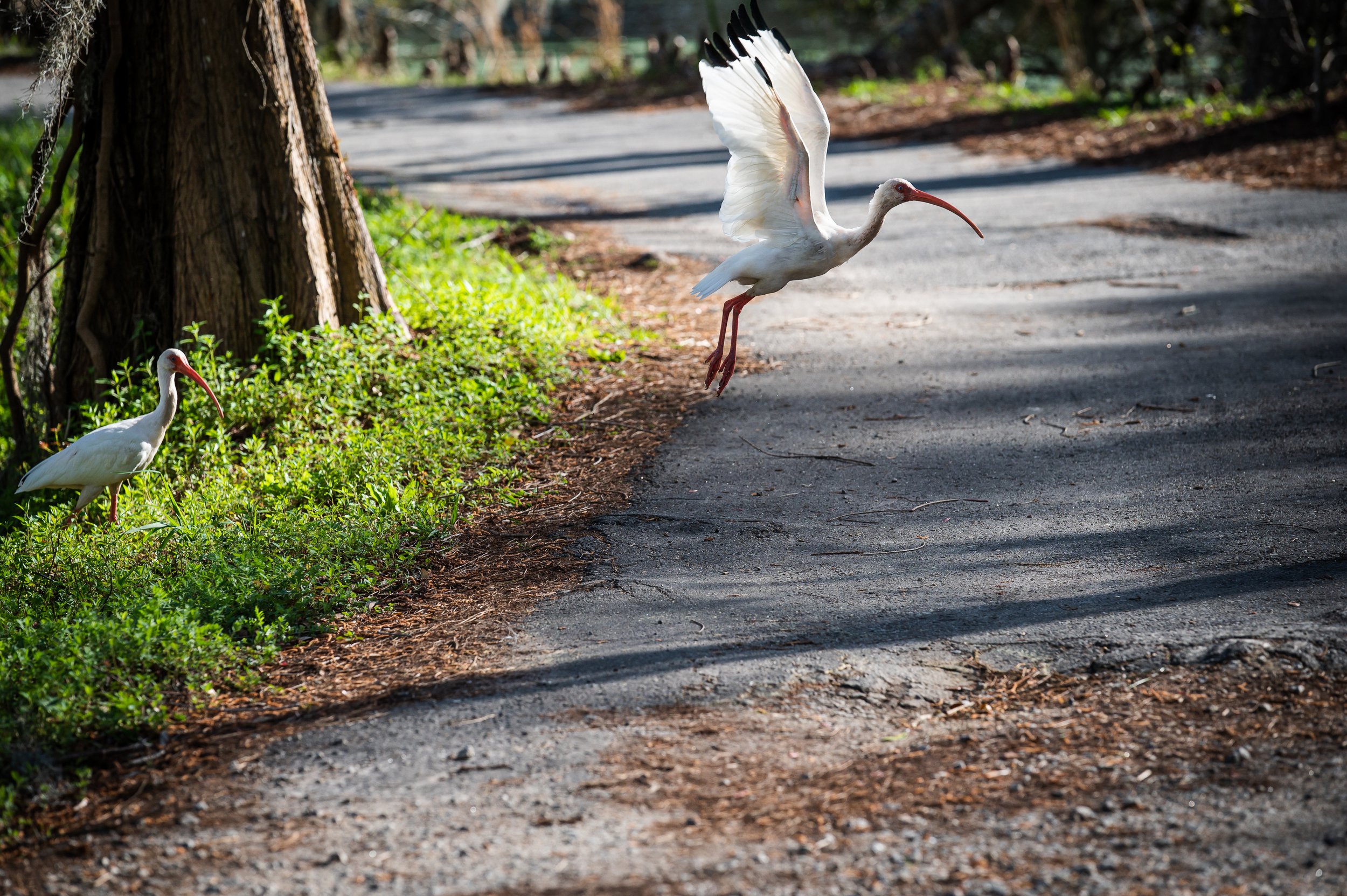


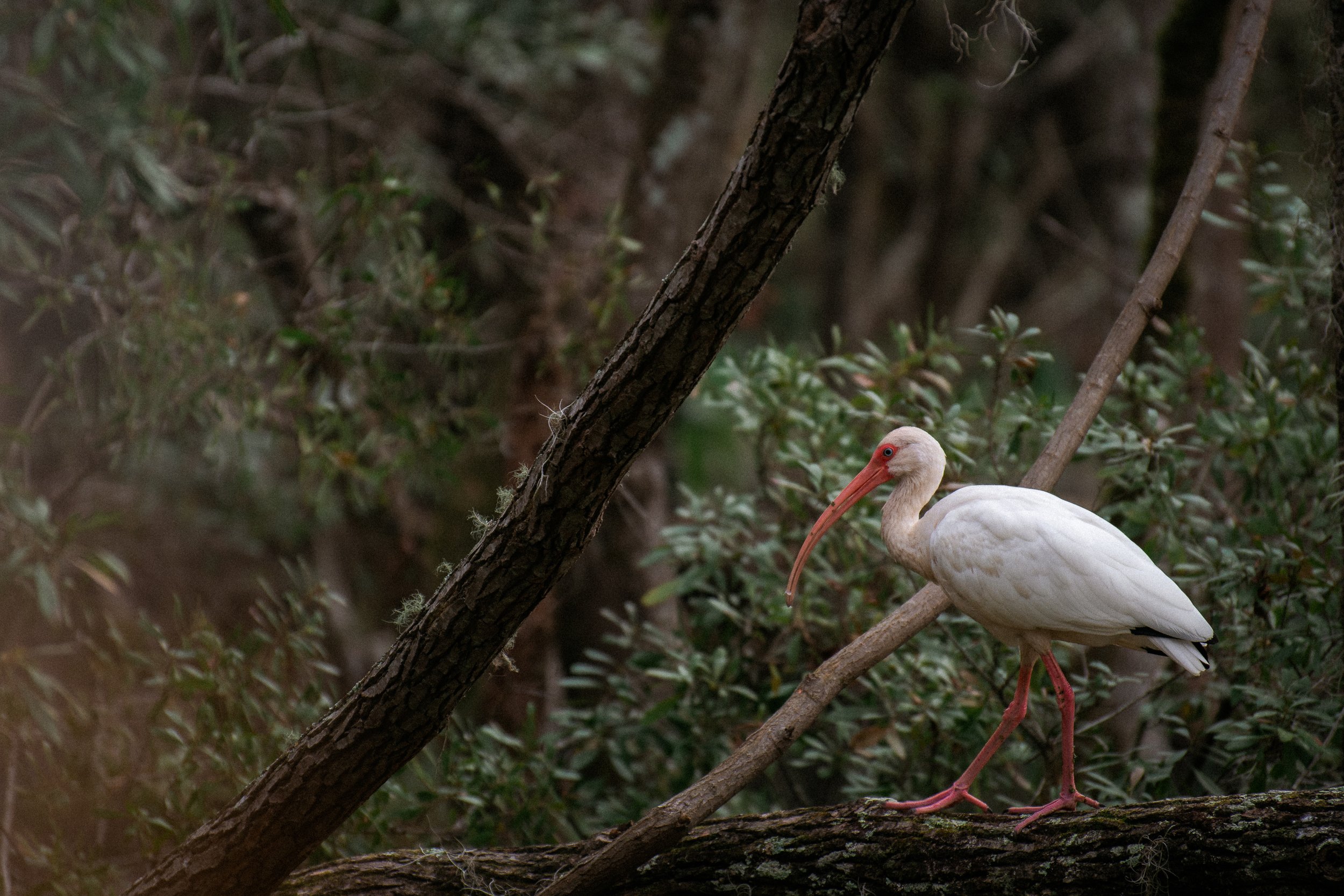
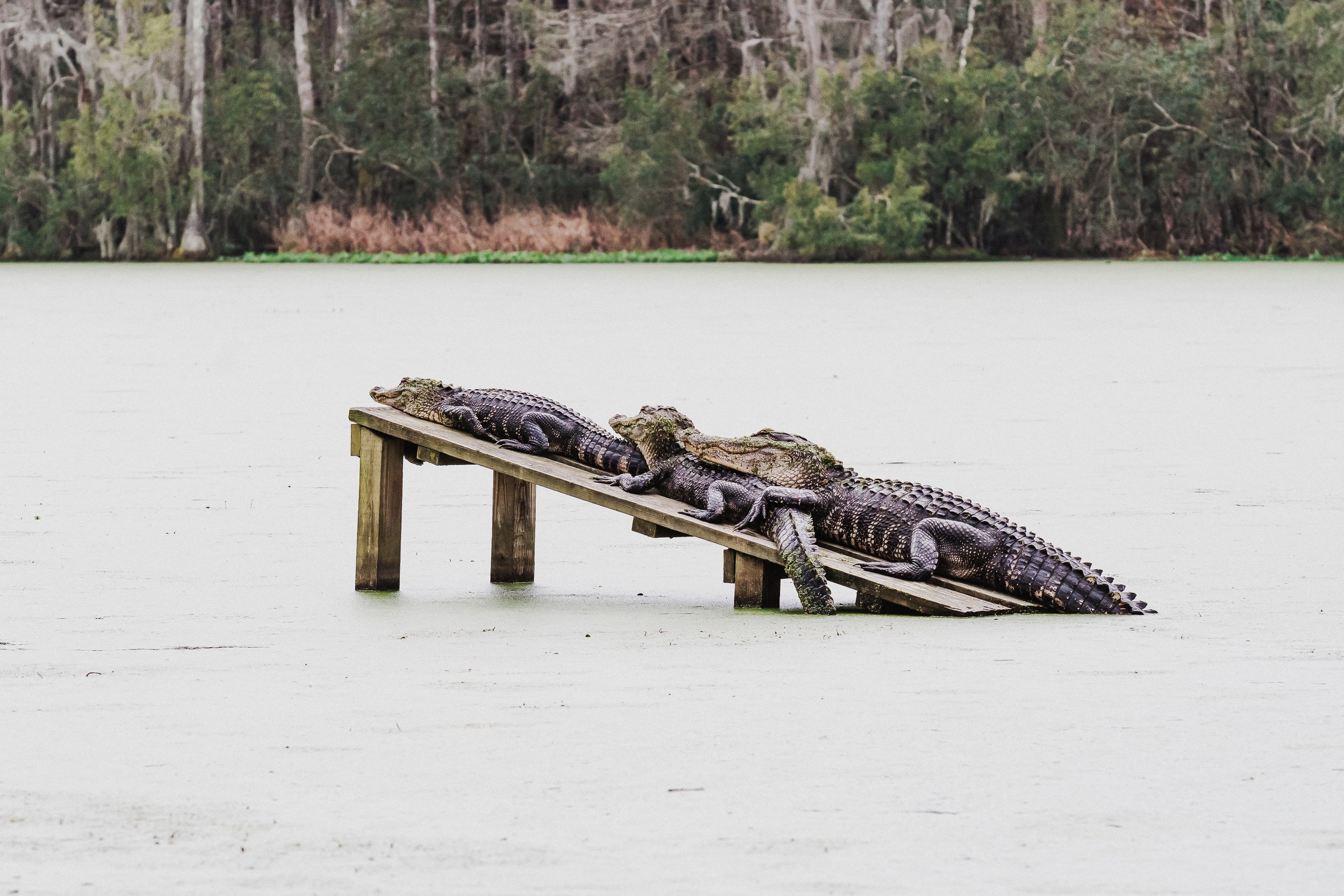
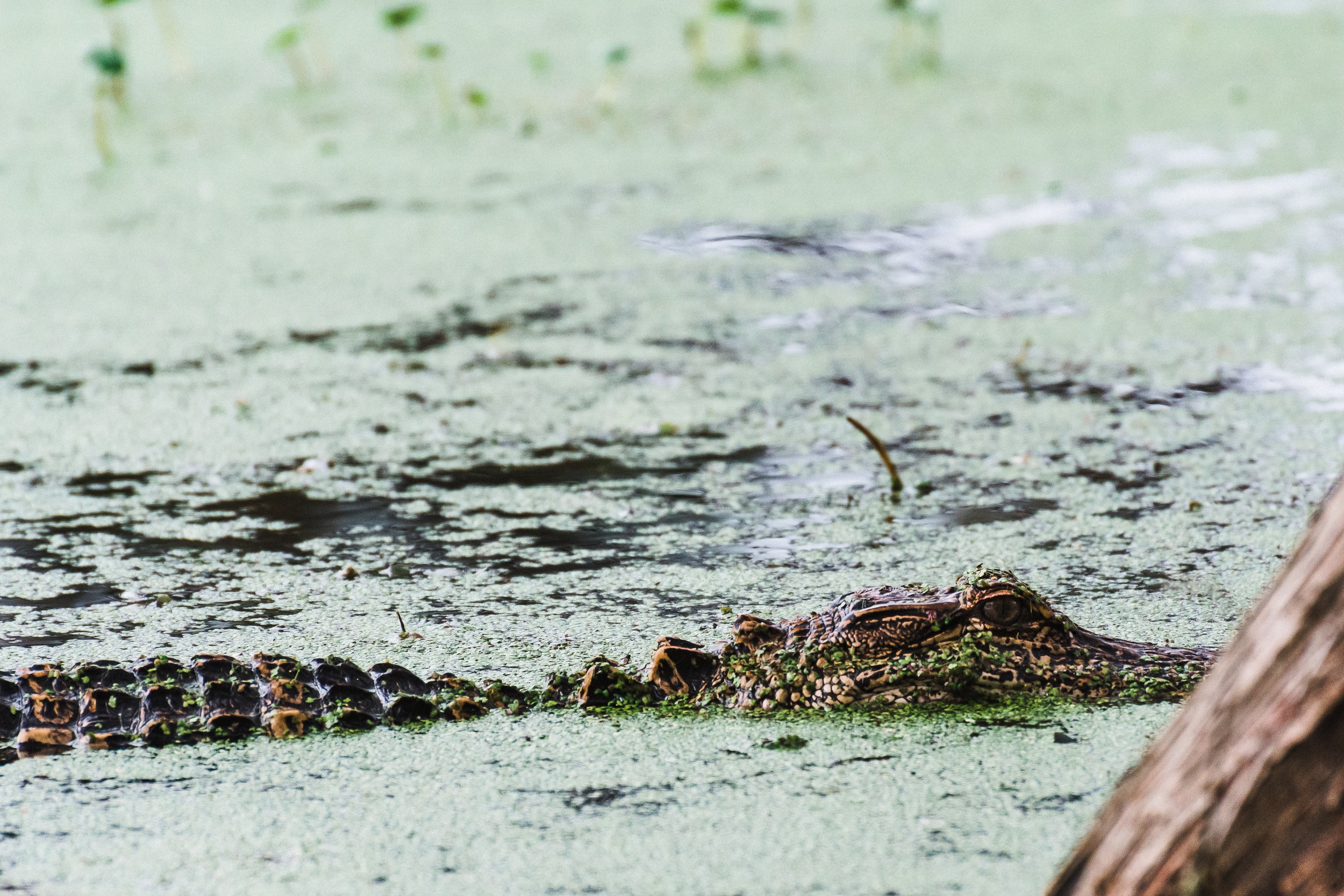
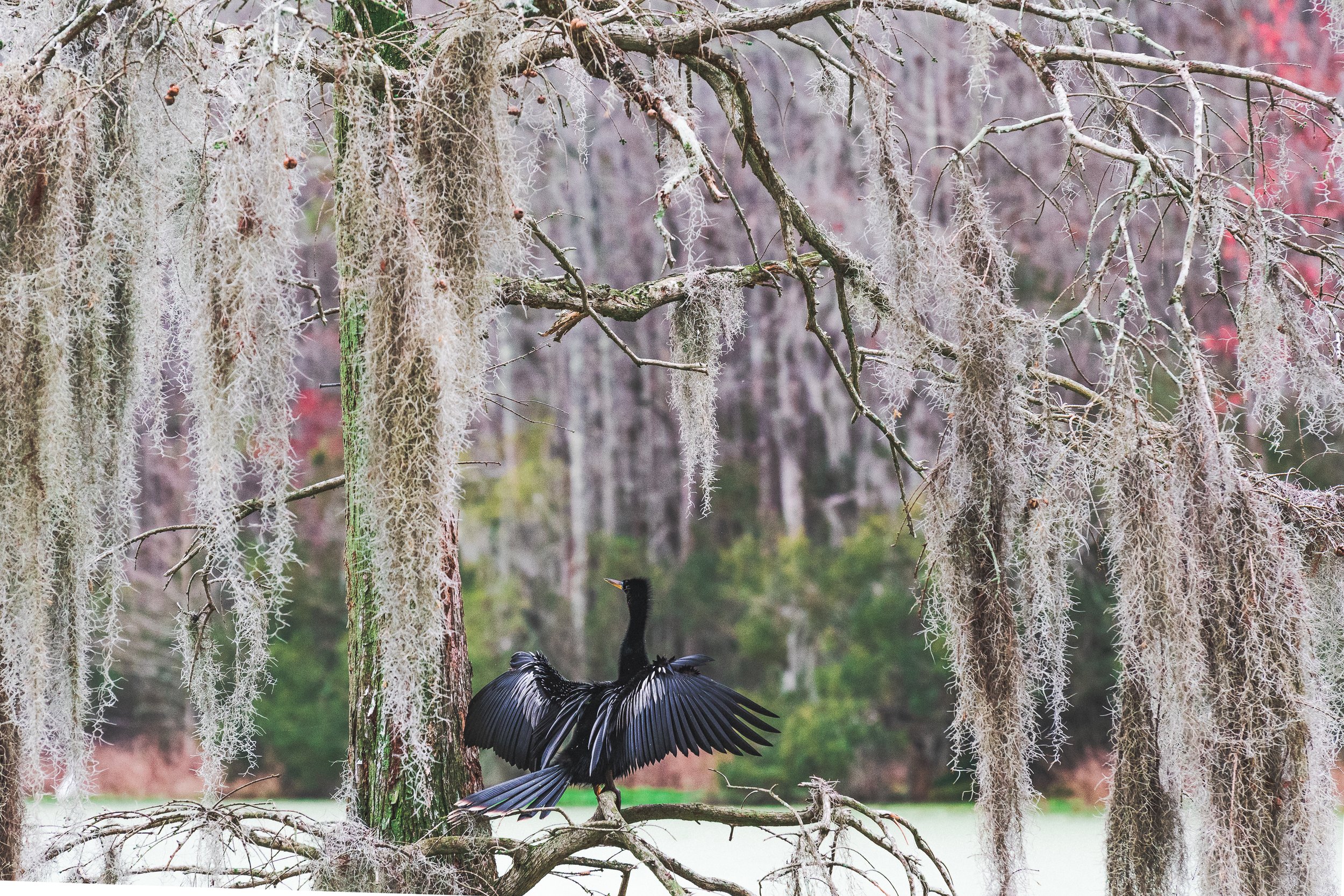
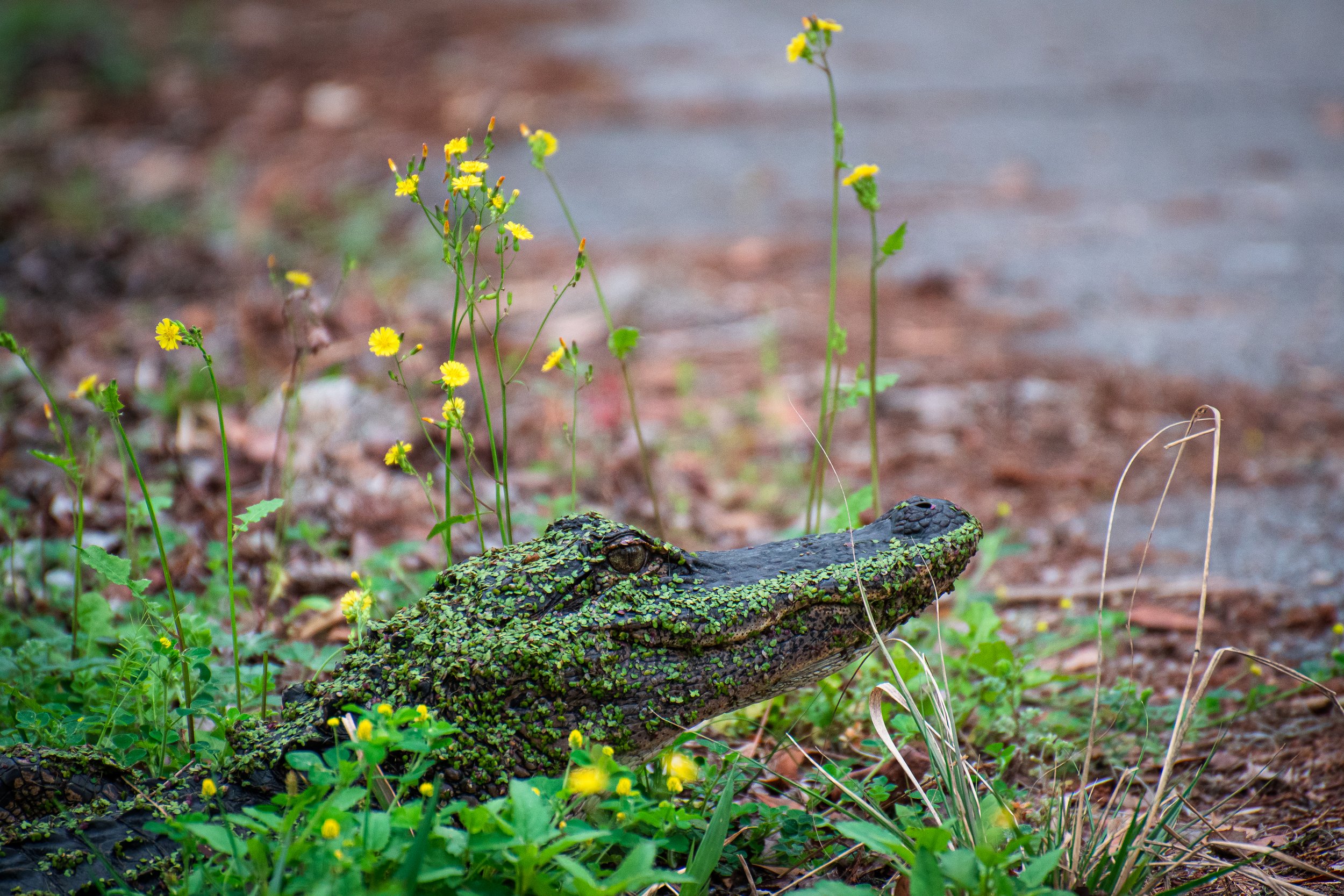
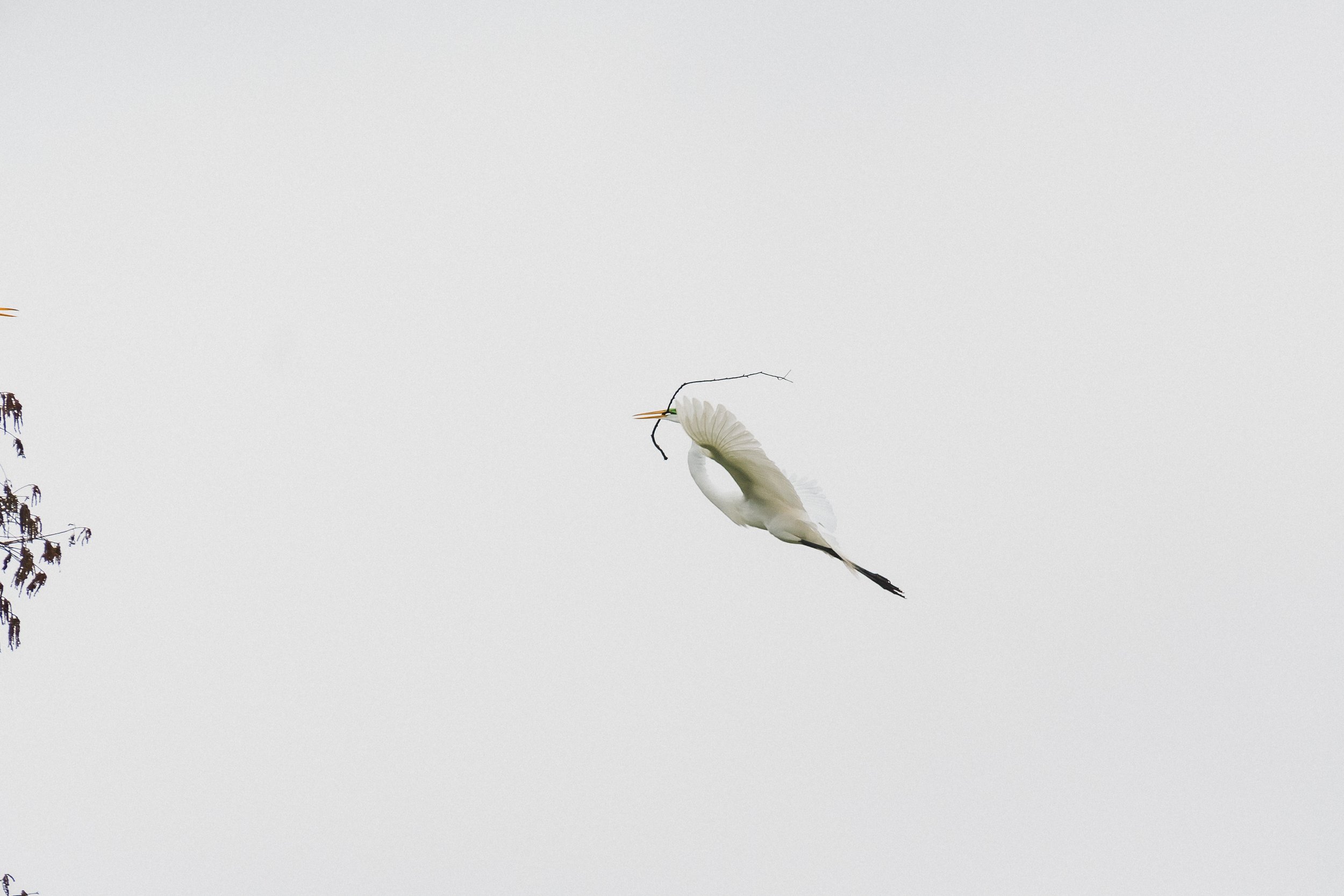
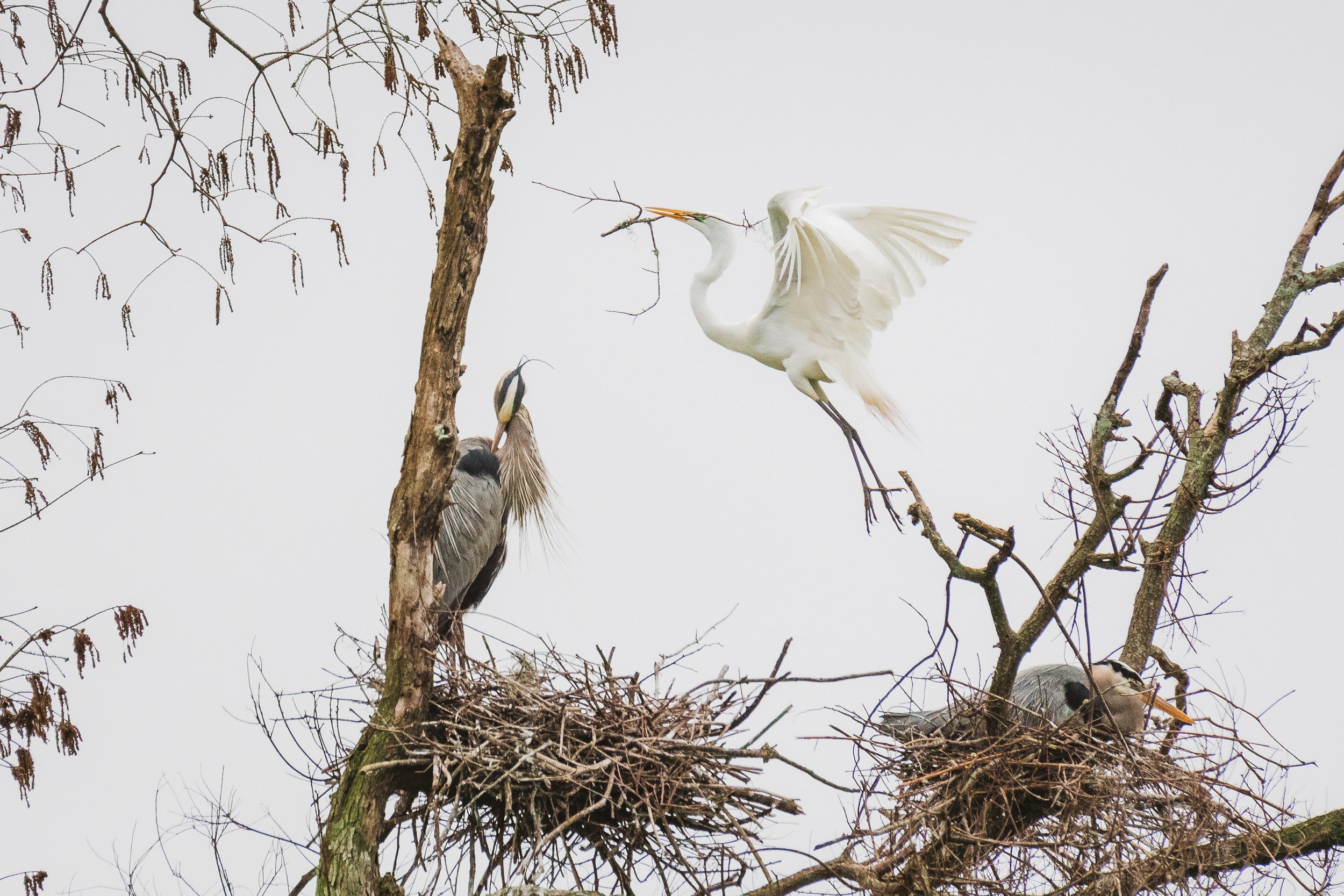
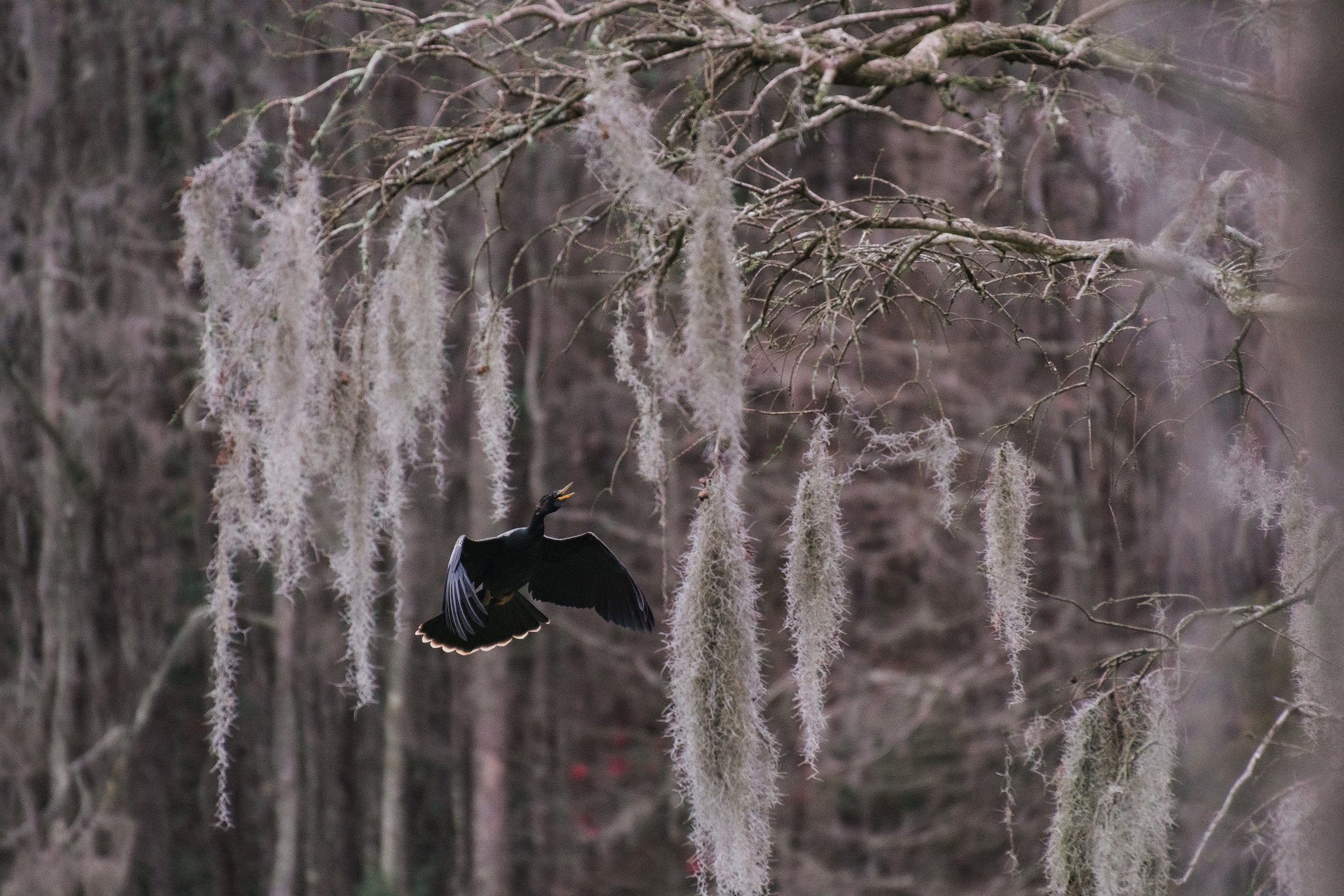
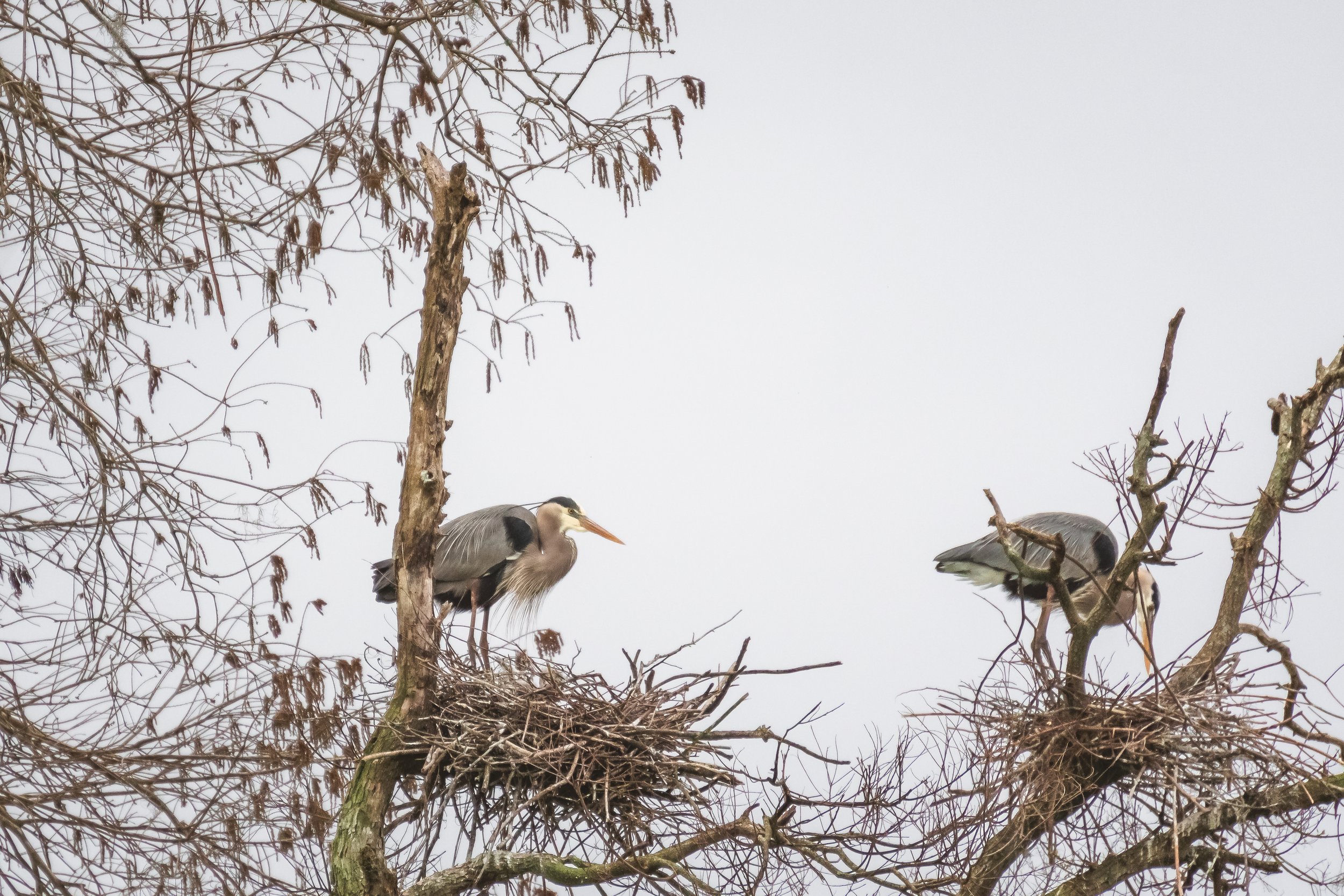
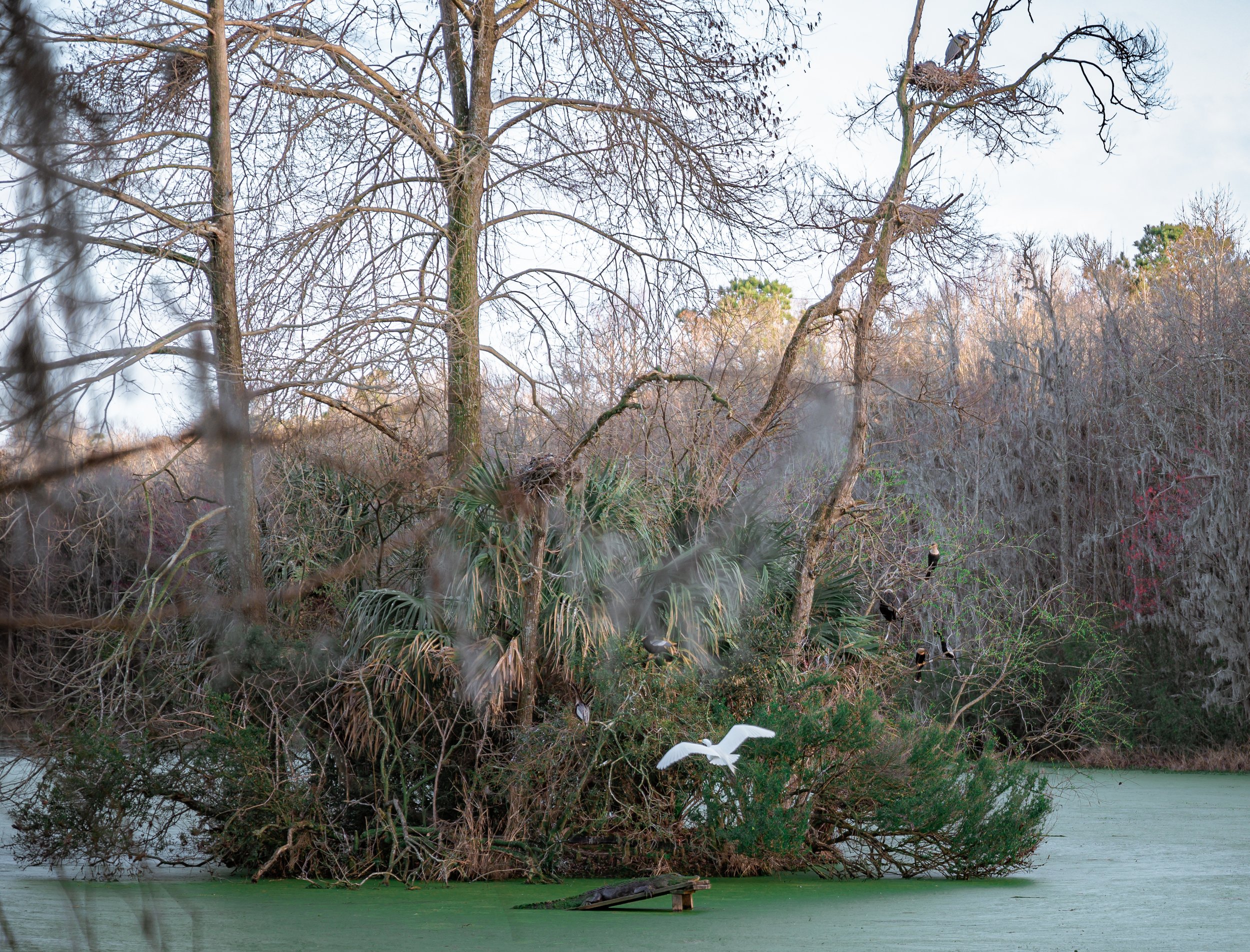
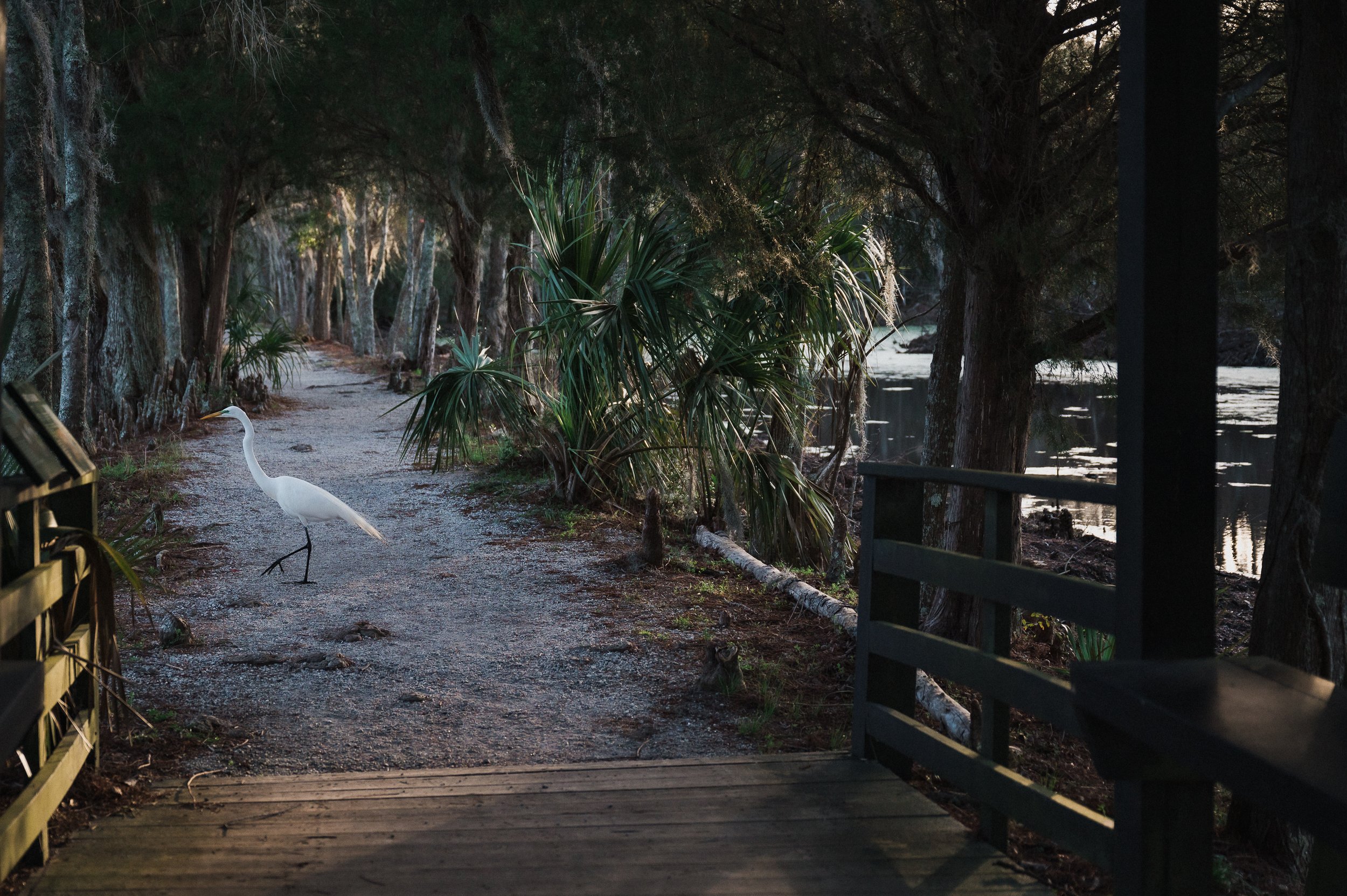
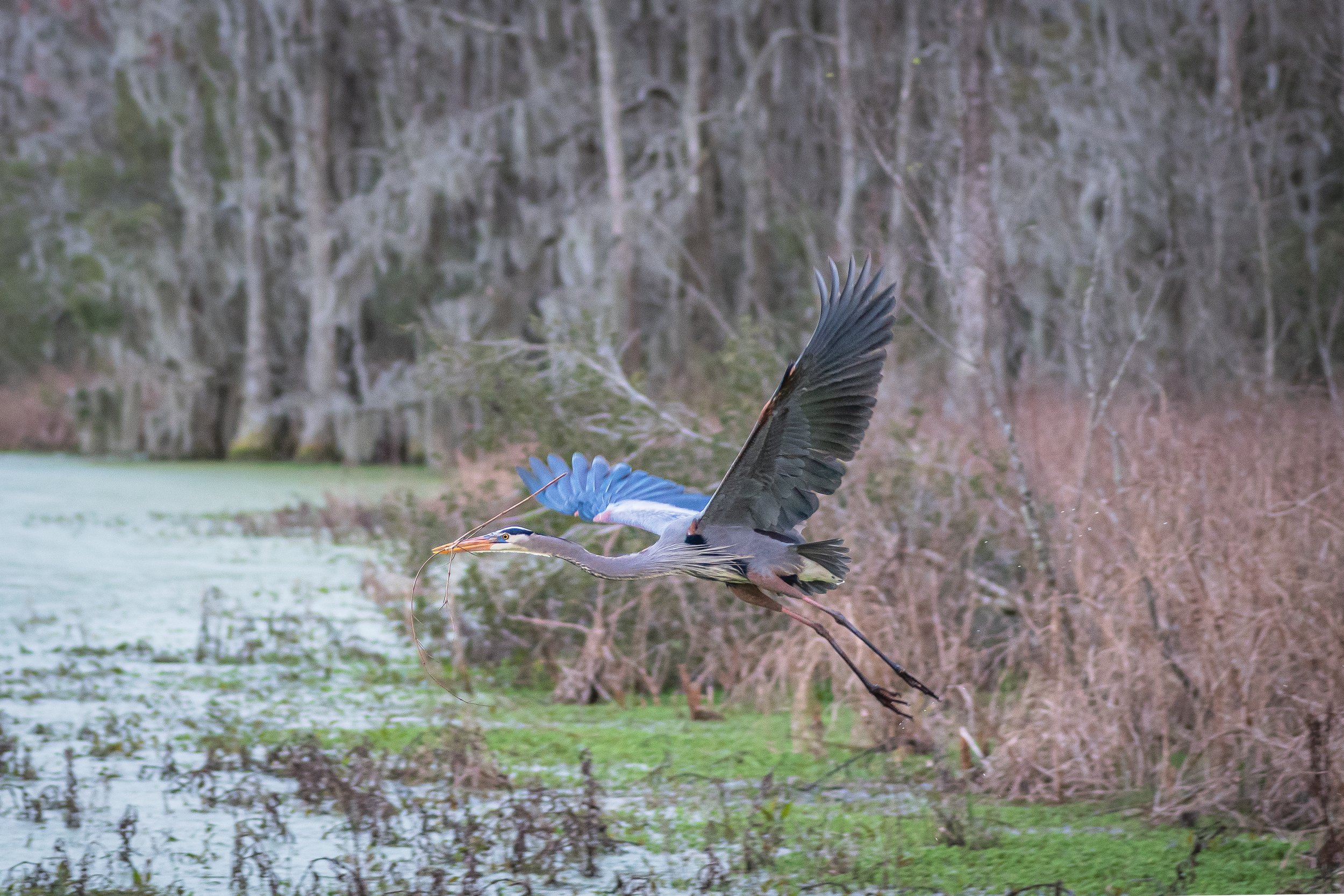
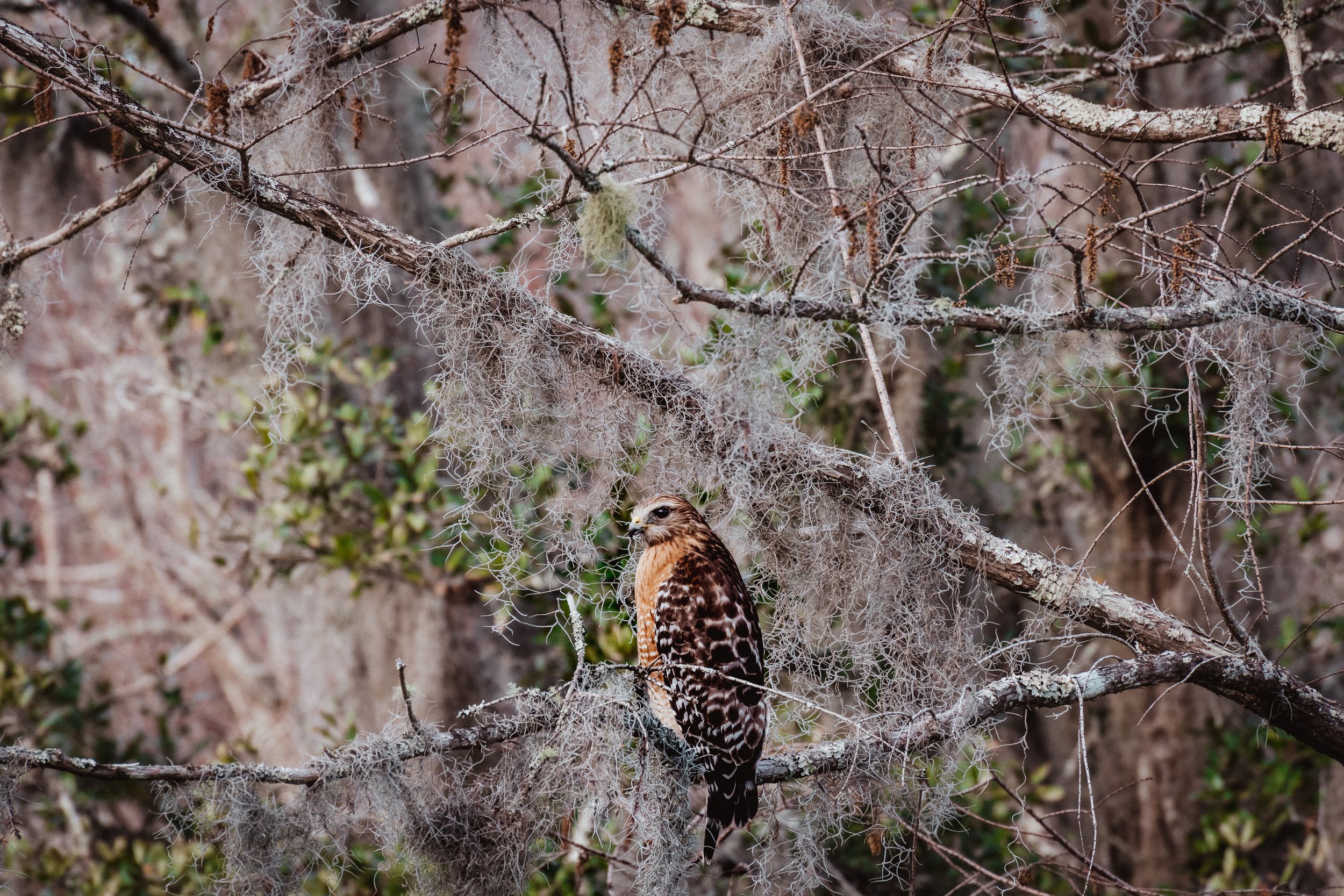
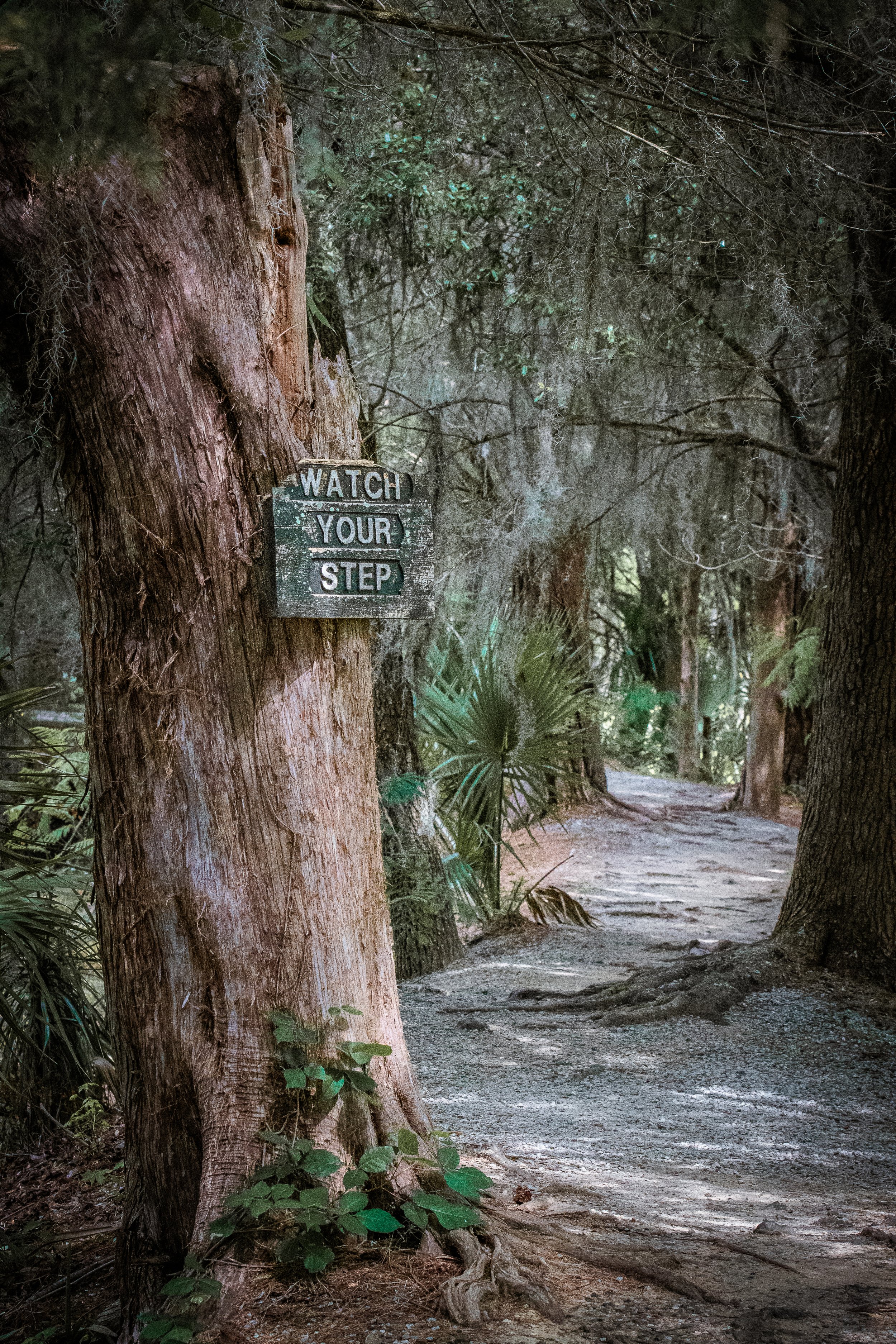
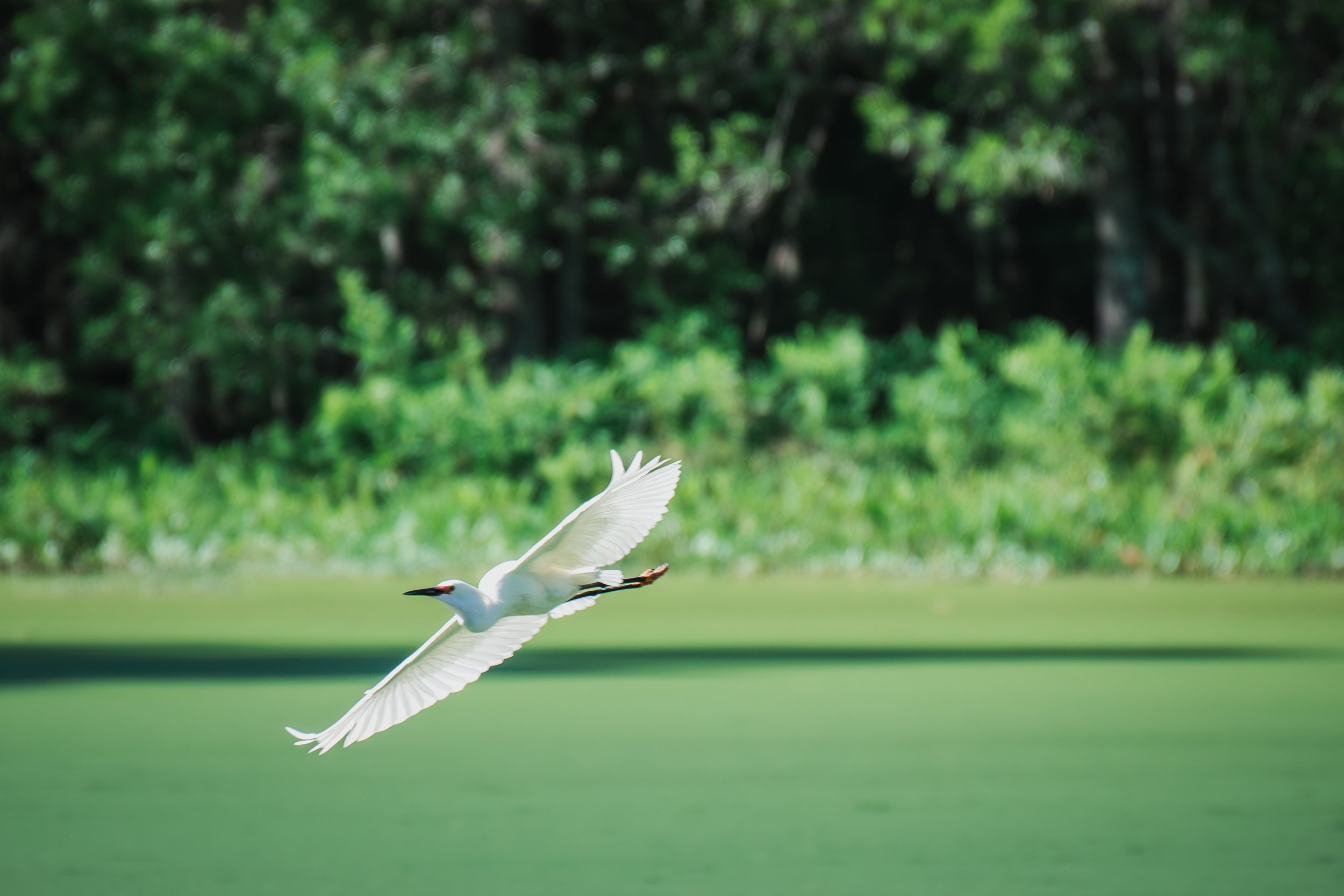
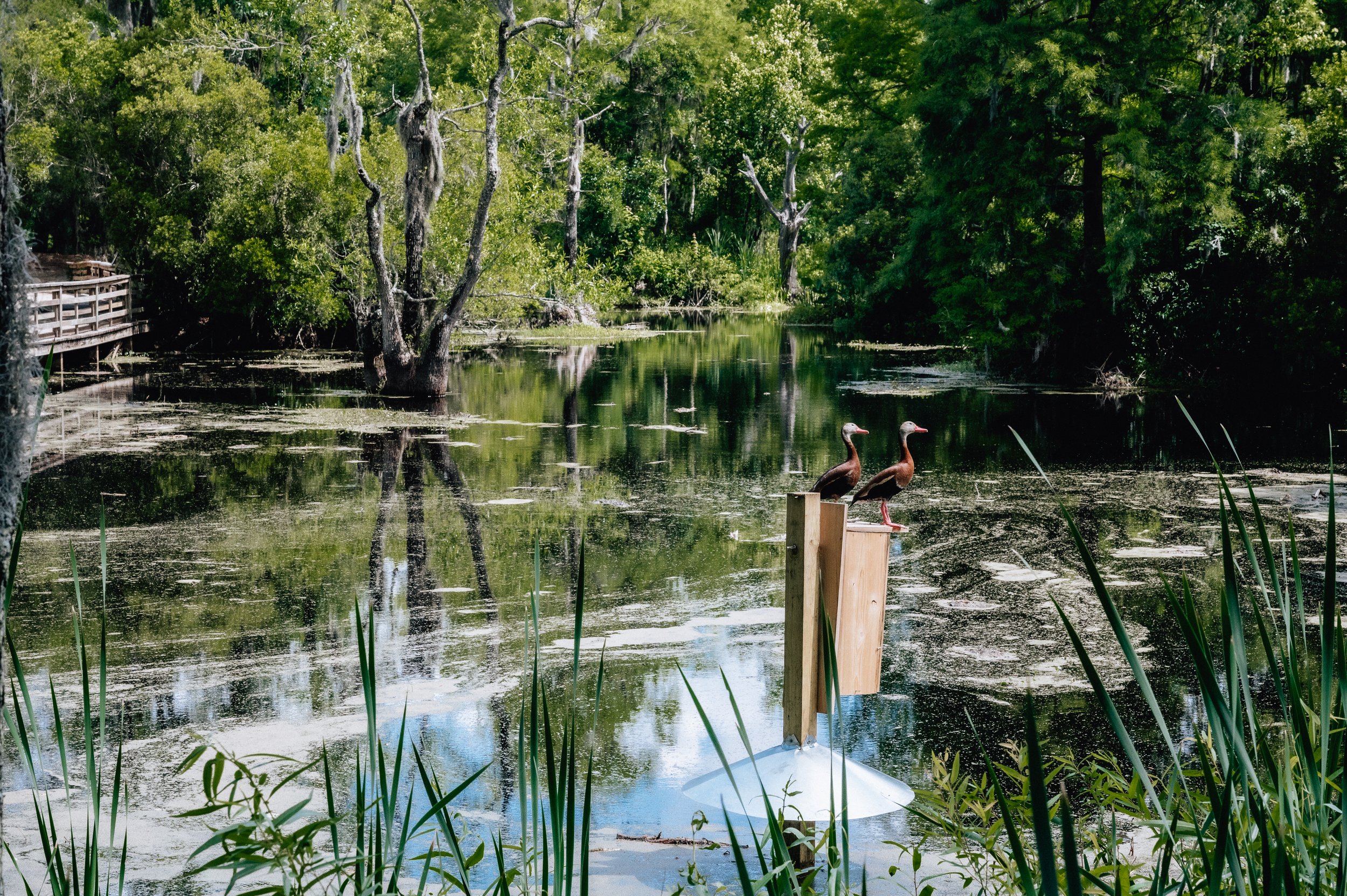
Magnolia Plantation and Gardens has a full calendar of family-friendly activities and cultural events, making it a popular destination year-round. Magnolia is also pet friendly, with some restrictions, so you can bring your furry companions along while you explore the gardens and historic grounds. Magnolia Plantation and Gardens has something for everyone. The diverse range of attractions also include the main house which dates back to 1873 and has ten rooms open to the public, a Garden Center and petting zoo, making Magnolia a place for locals and visitors alike to enjoy. For those who, like myself, find it hard to get enough of Magnolia's natural scenery, a membership is well worth it.


